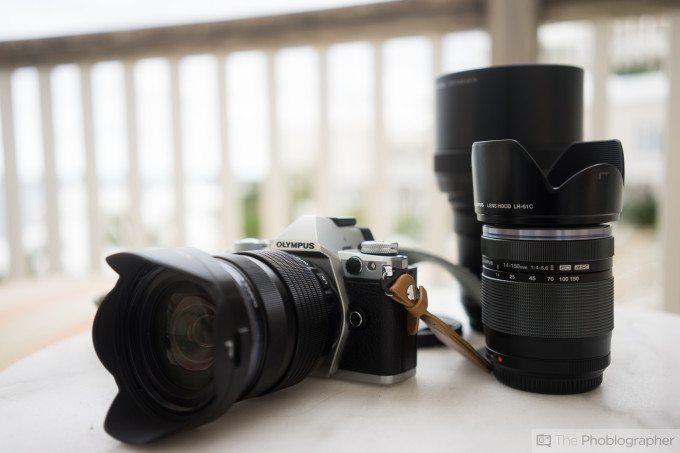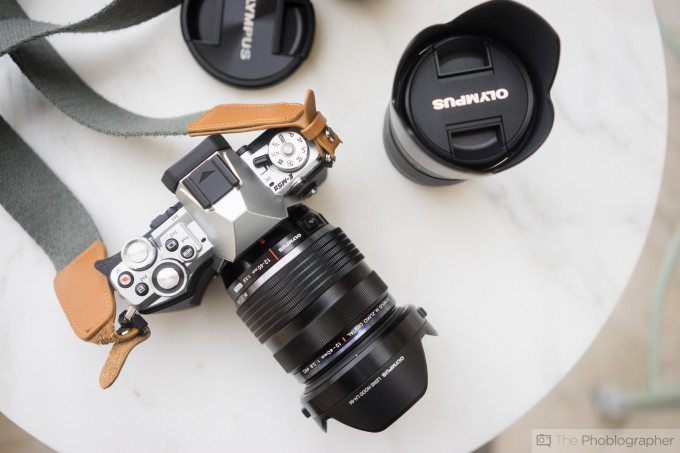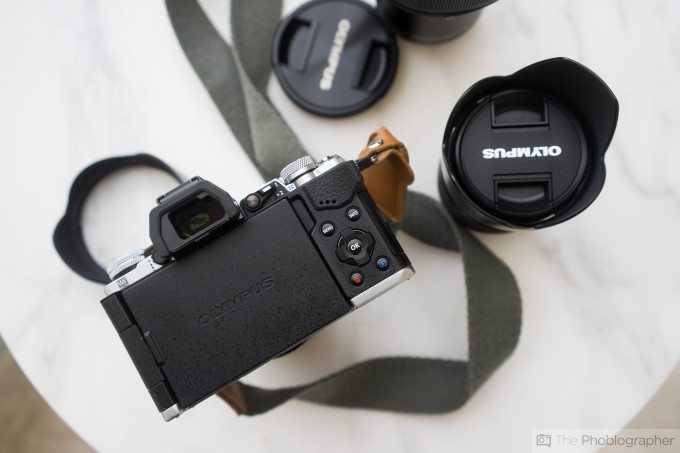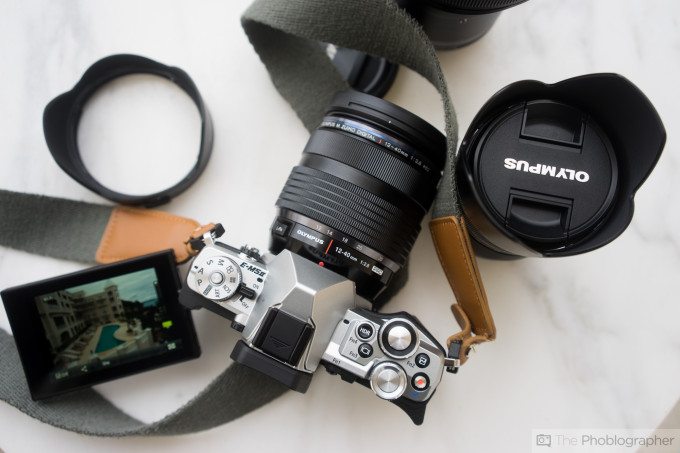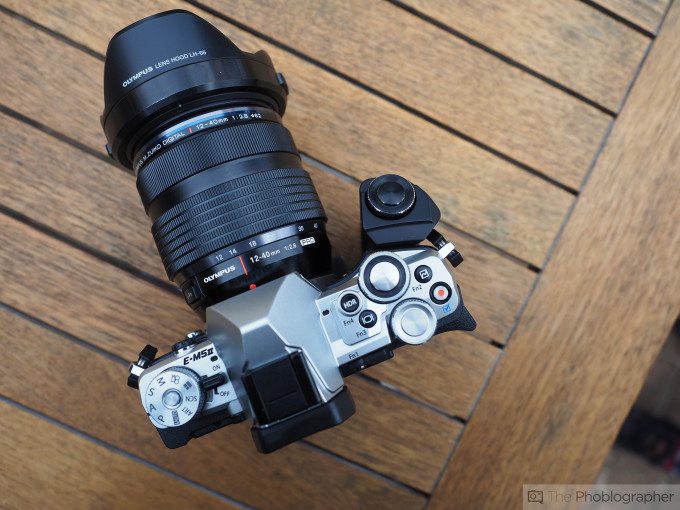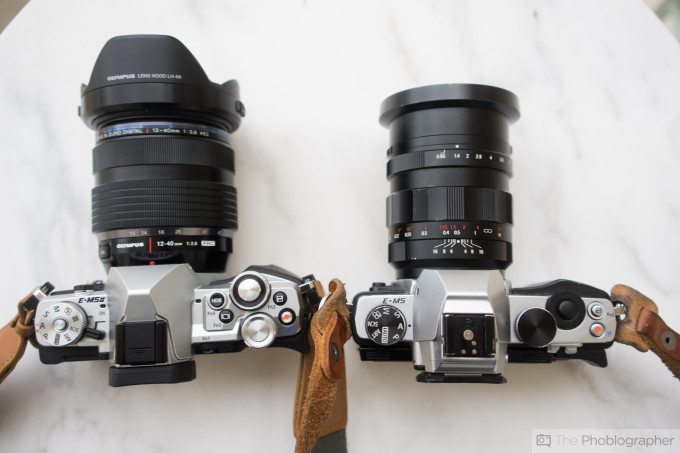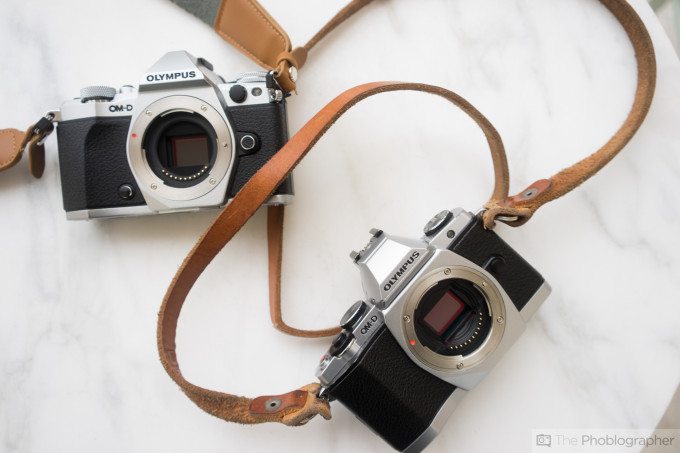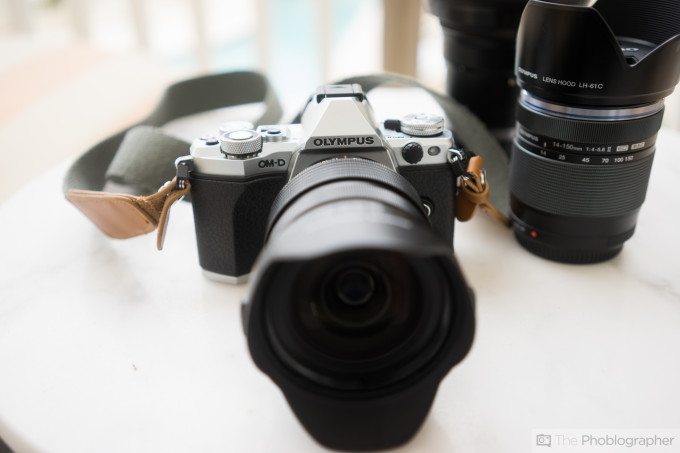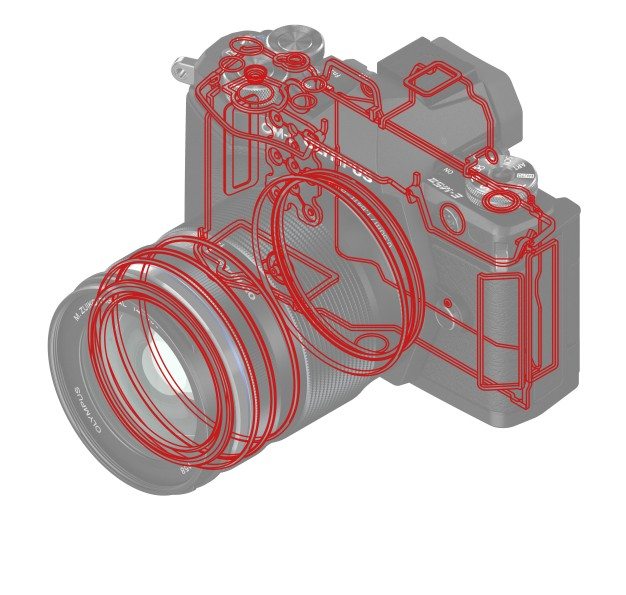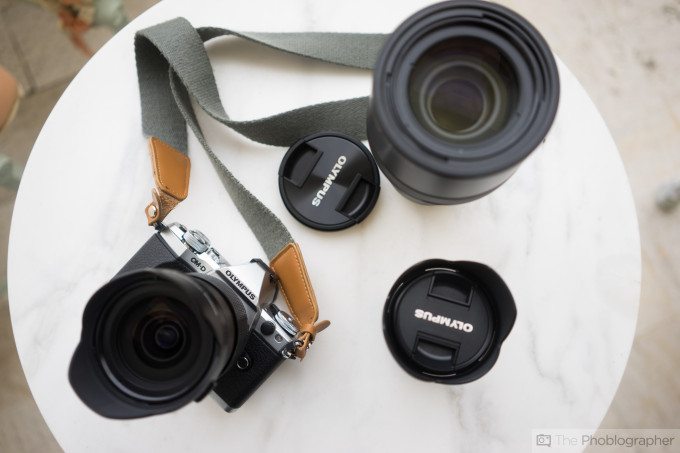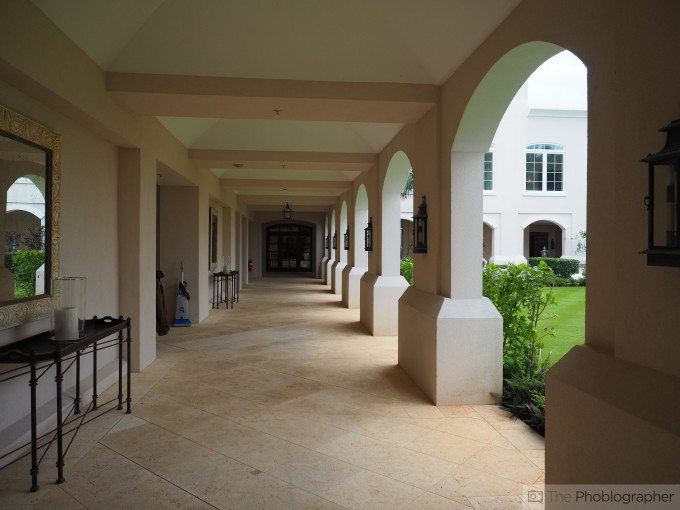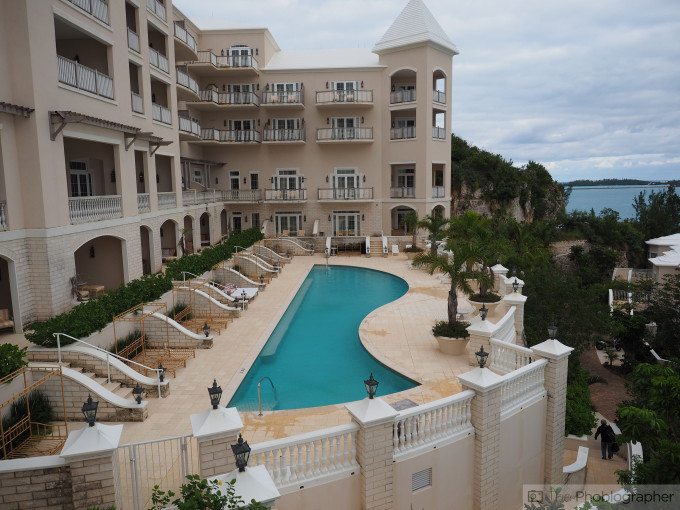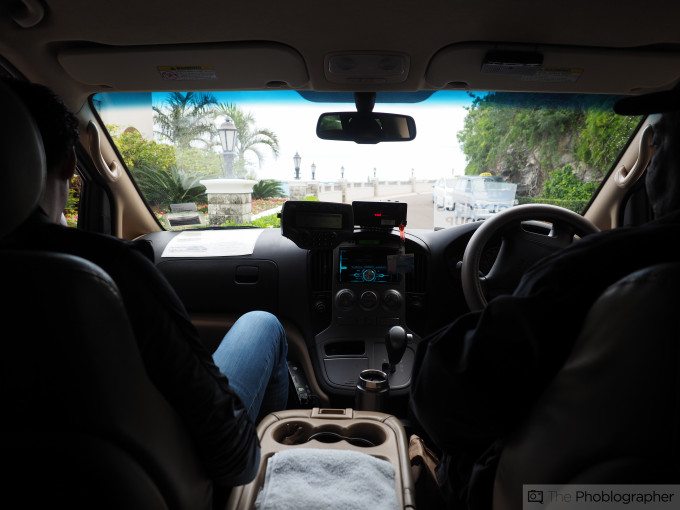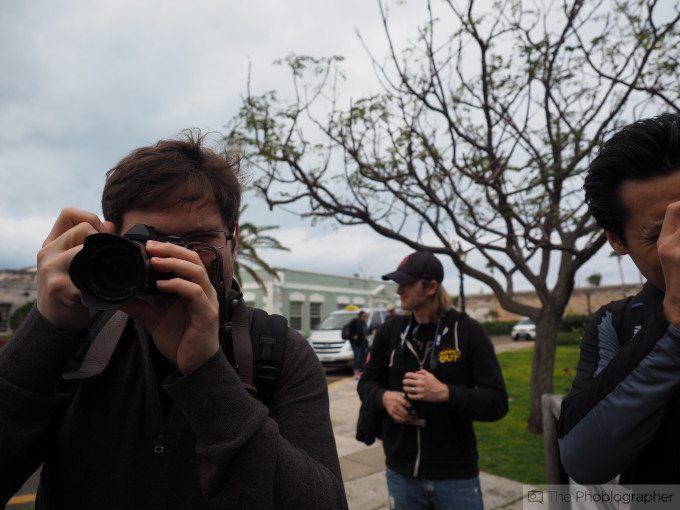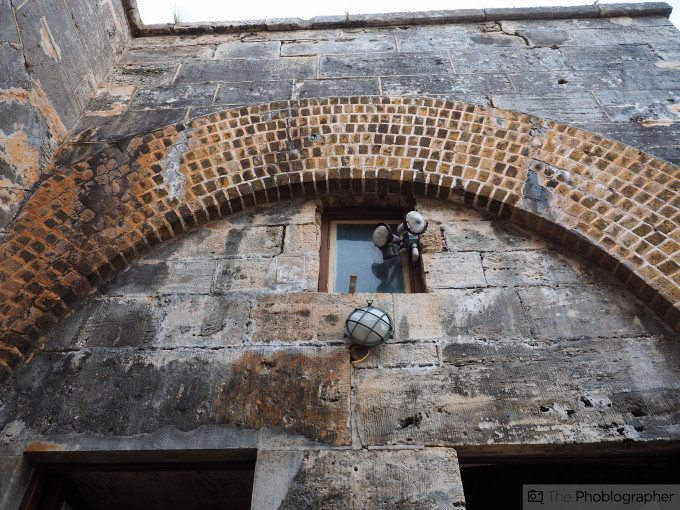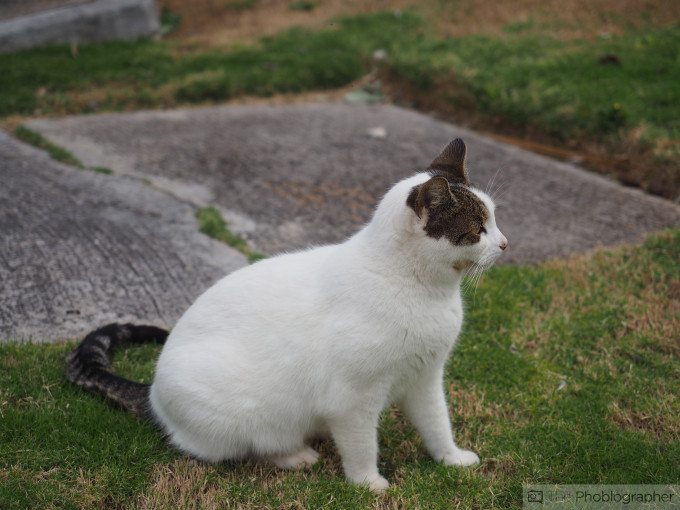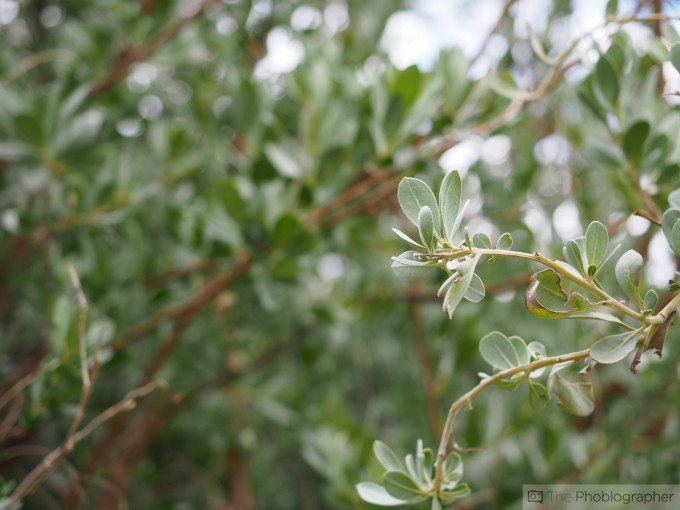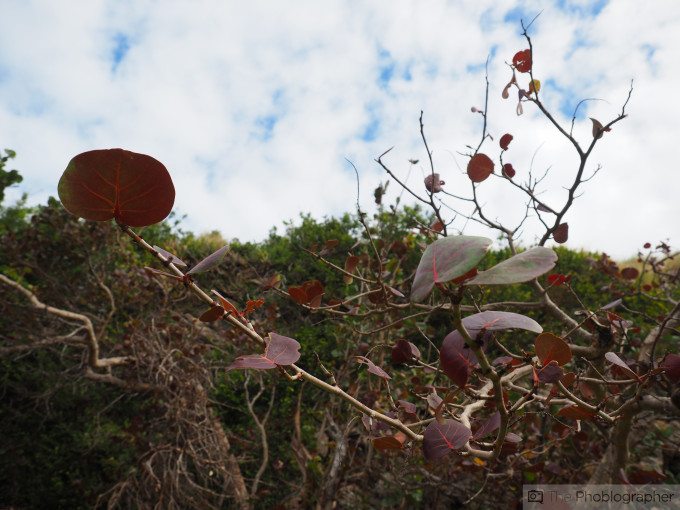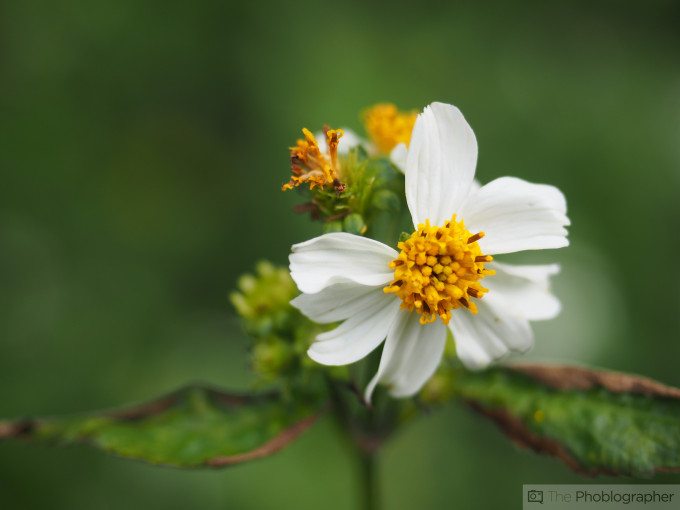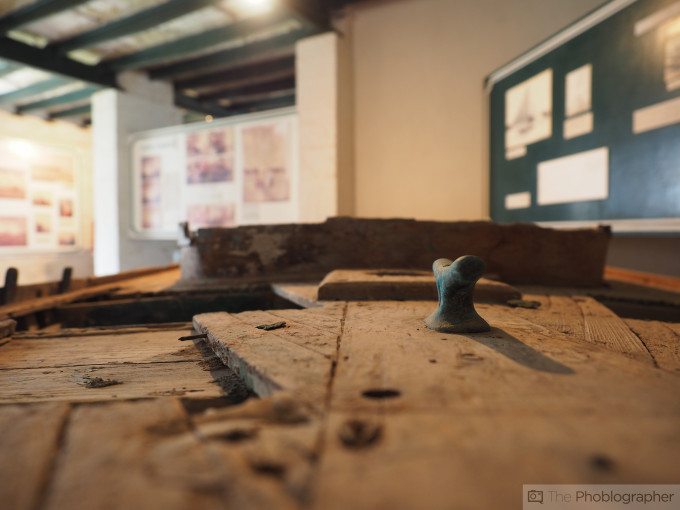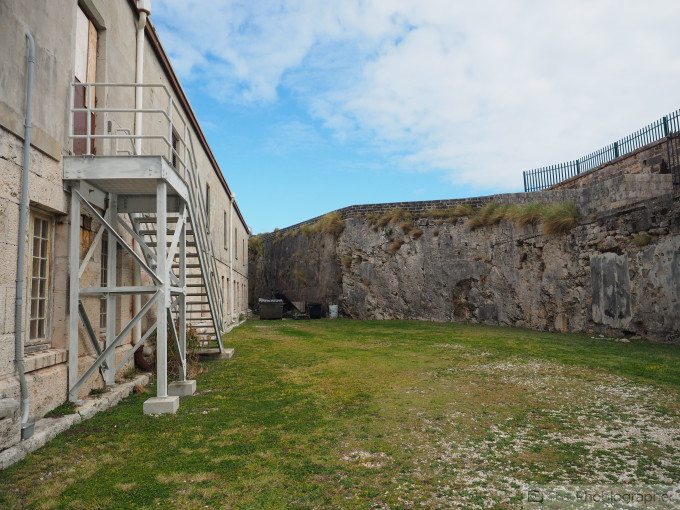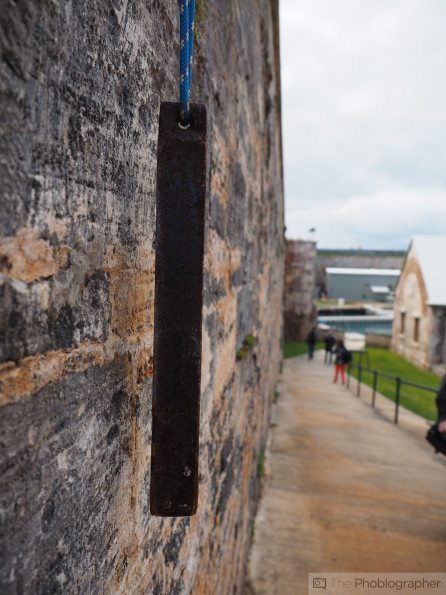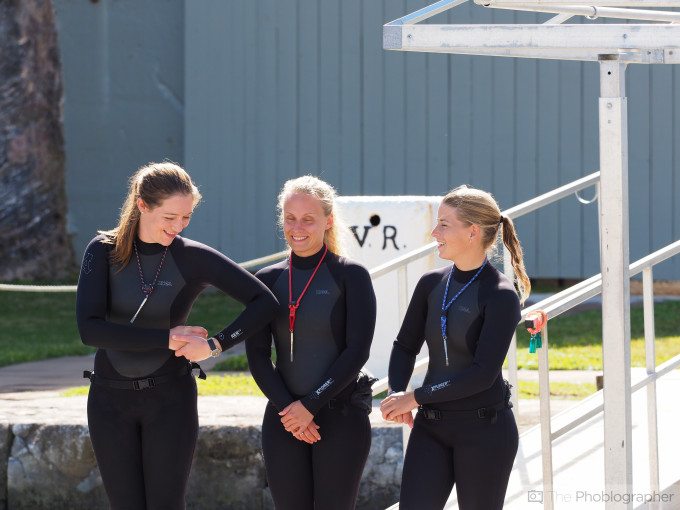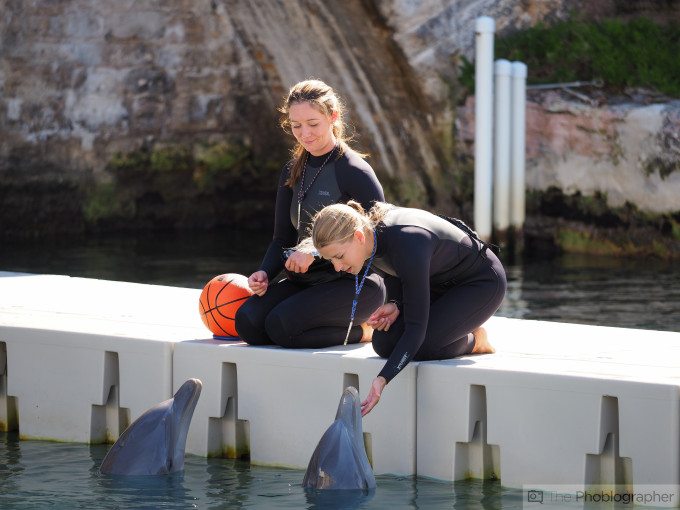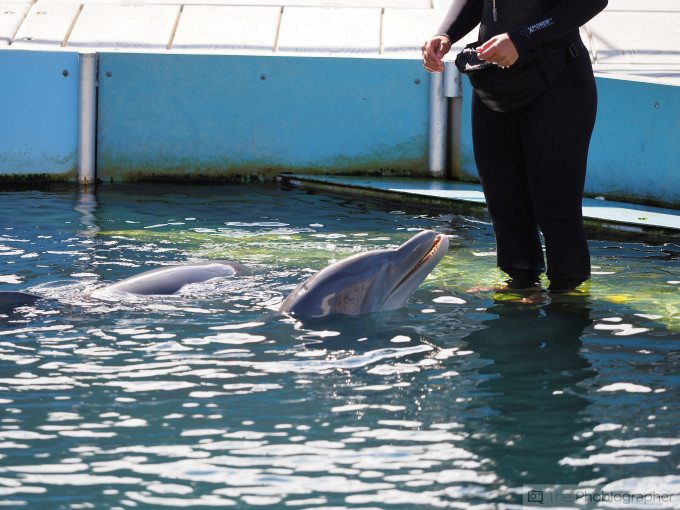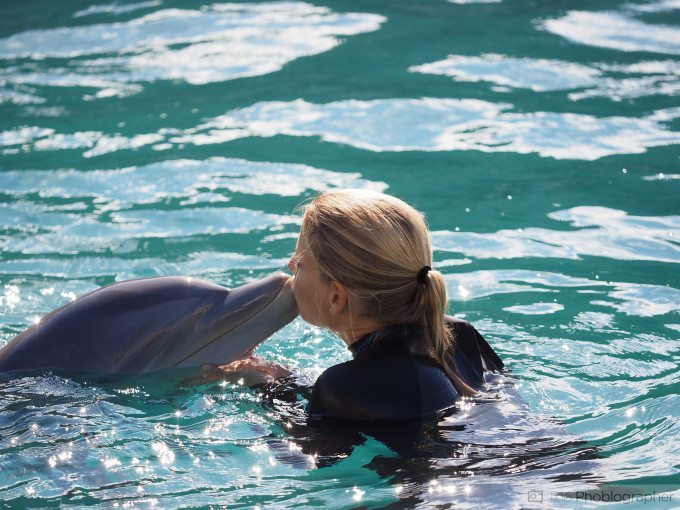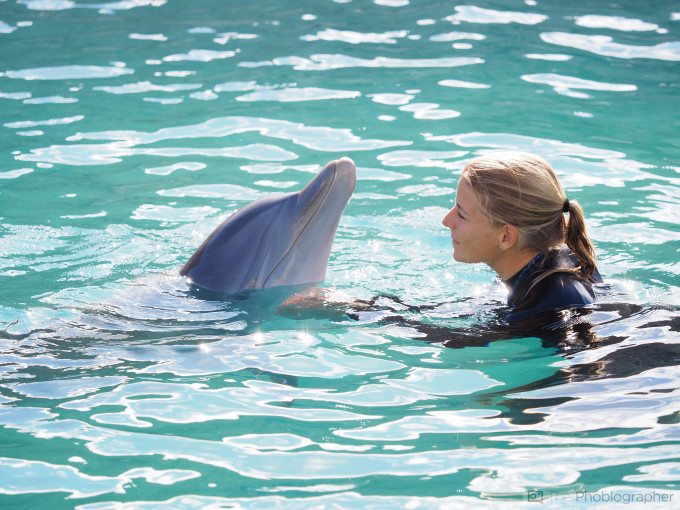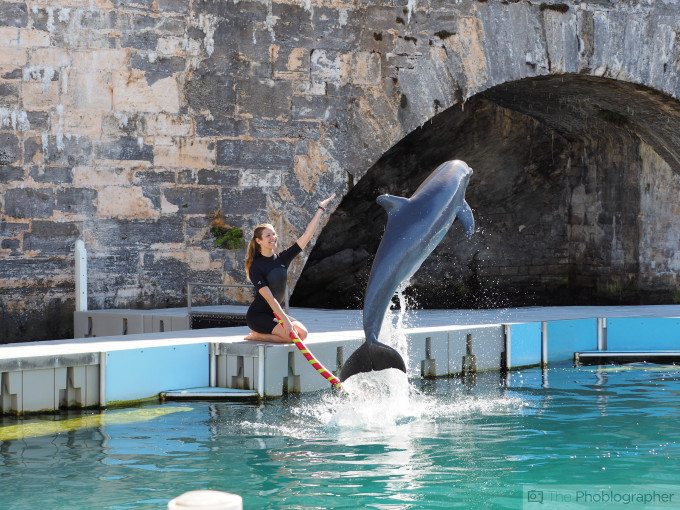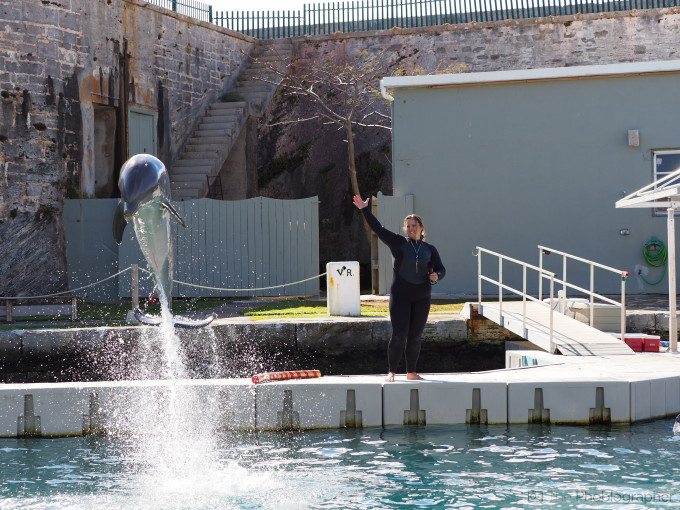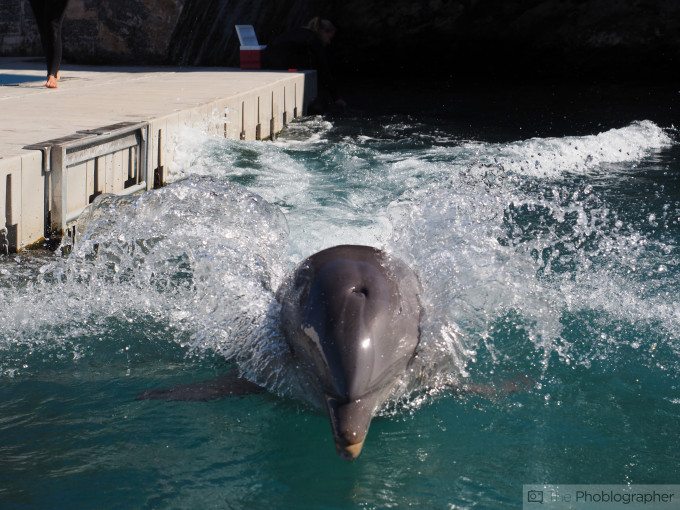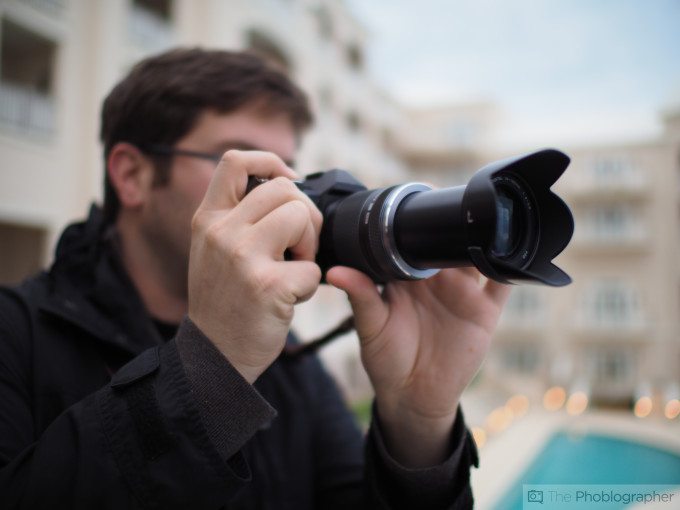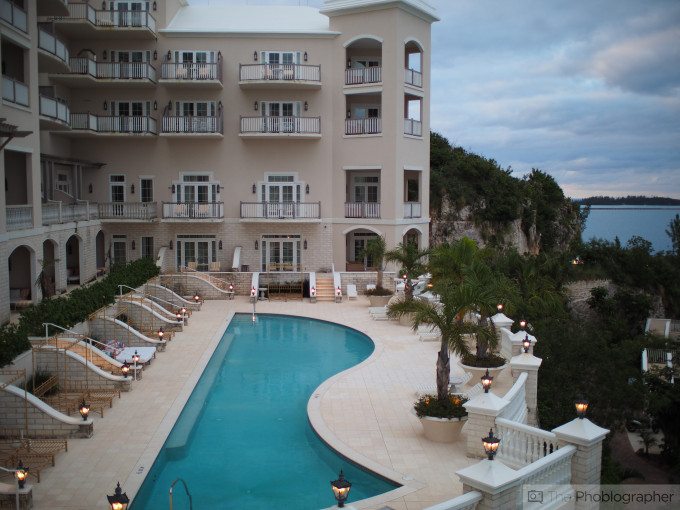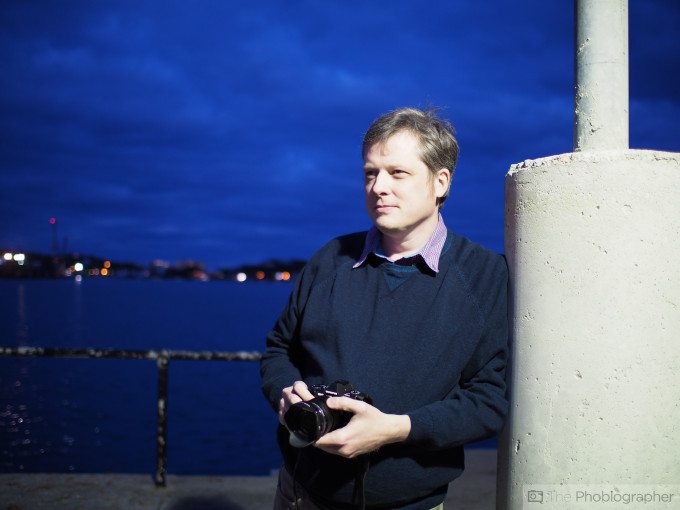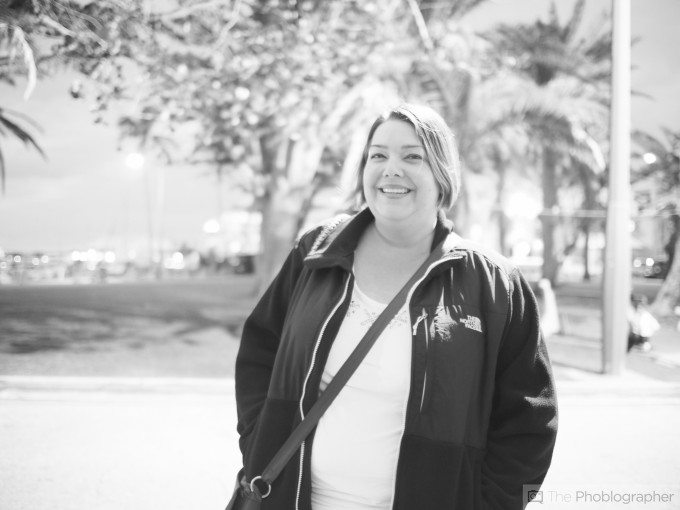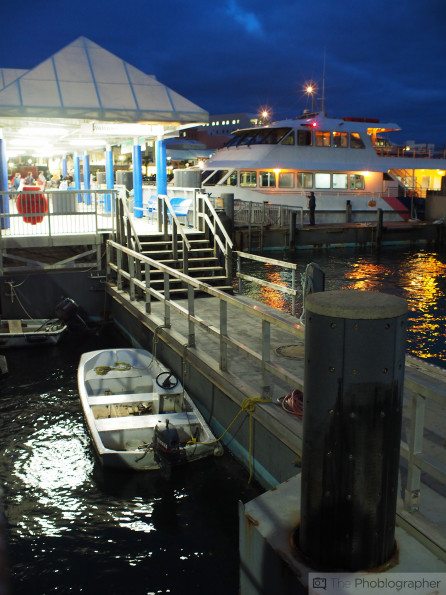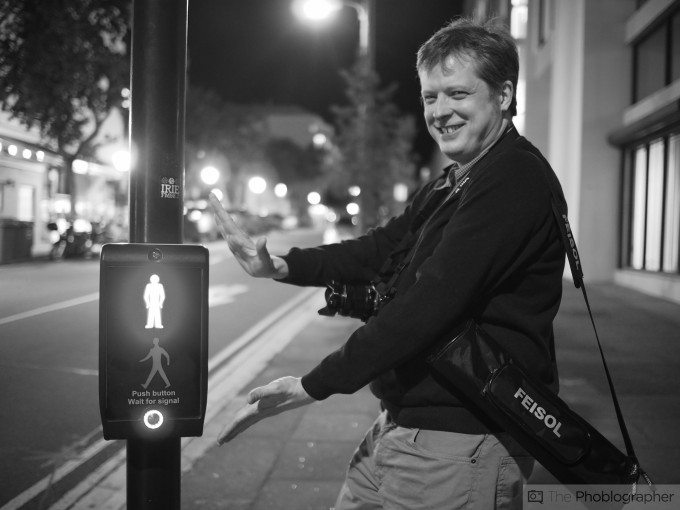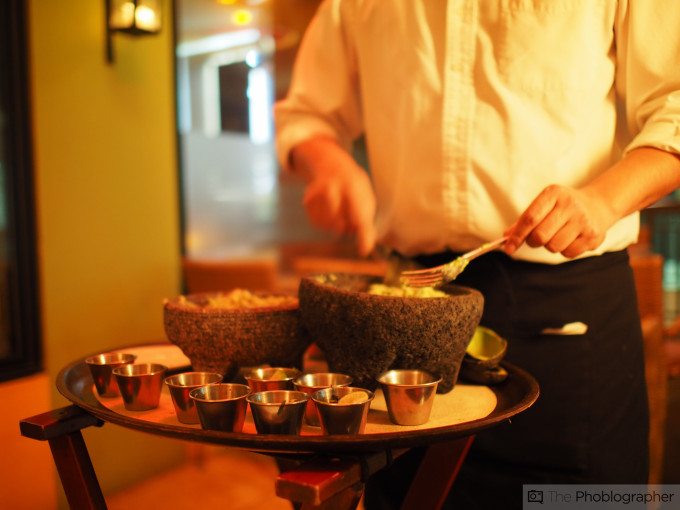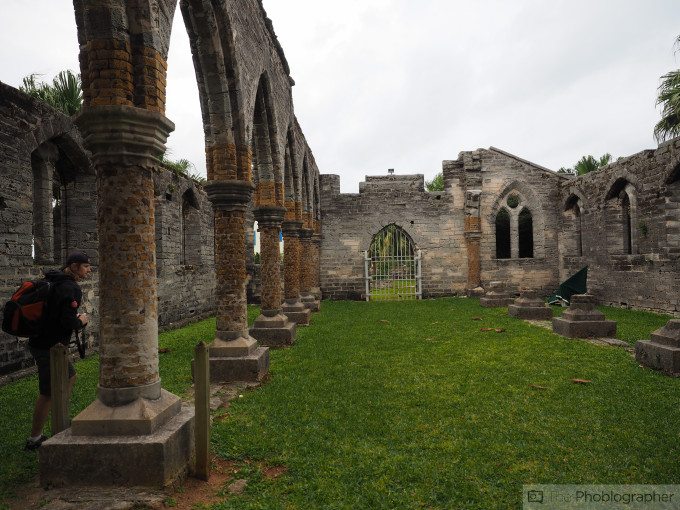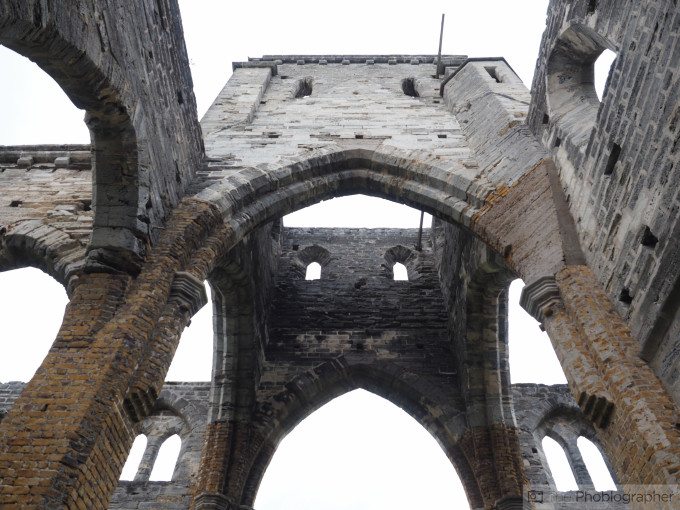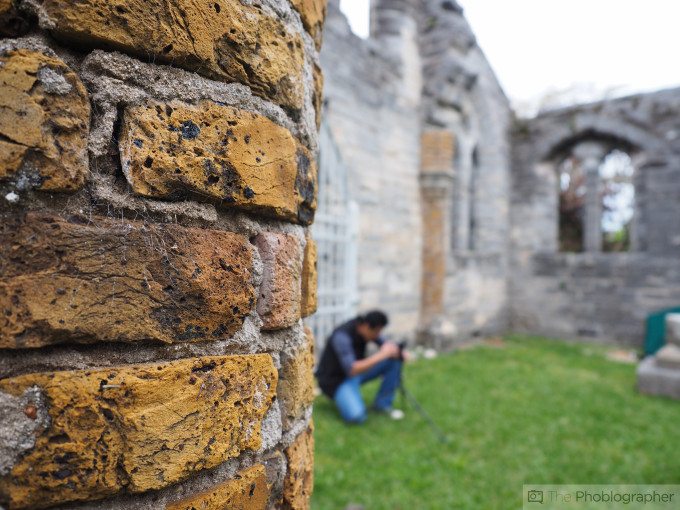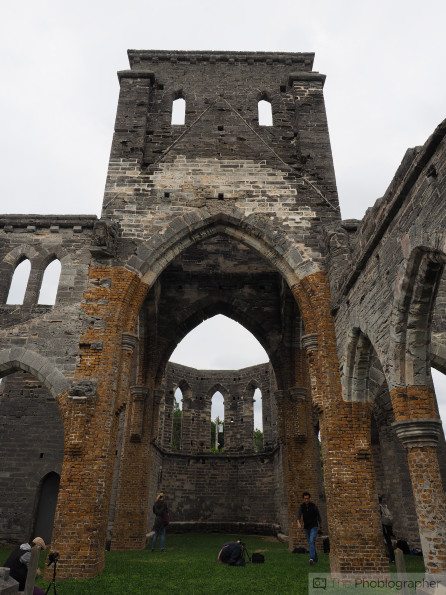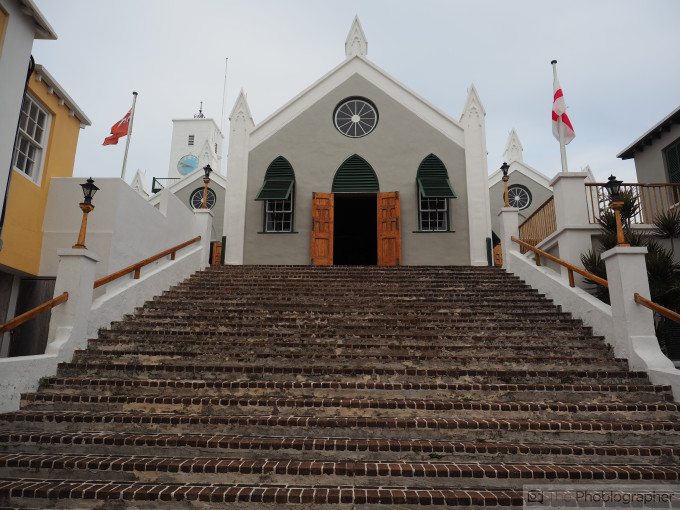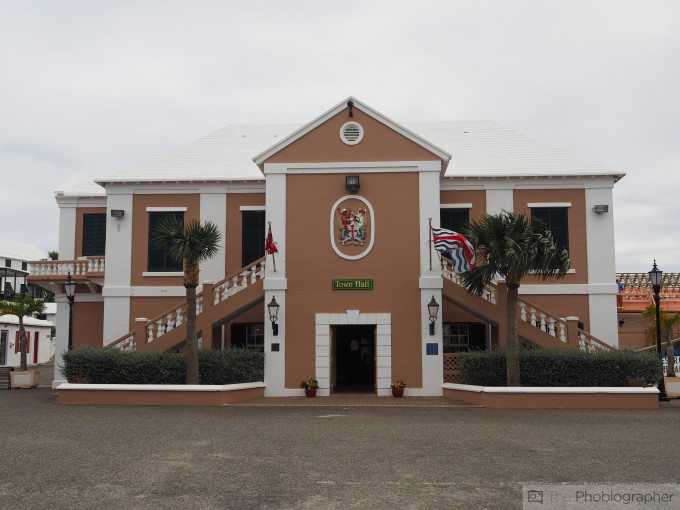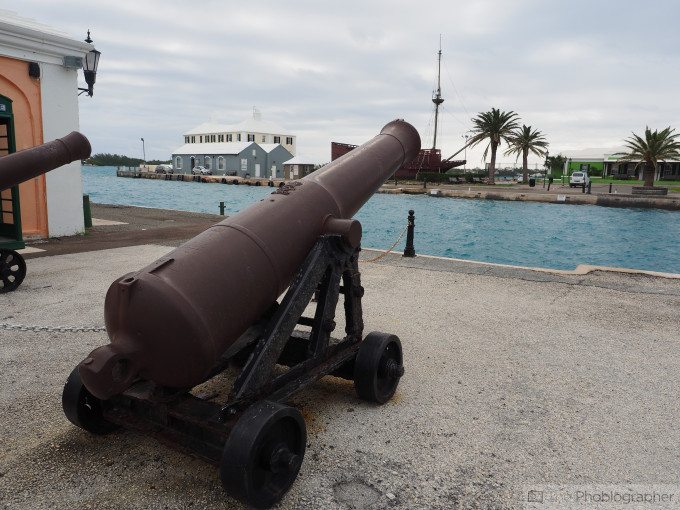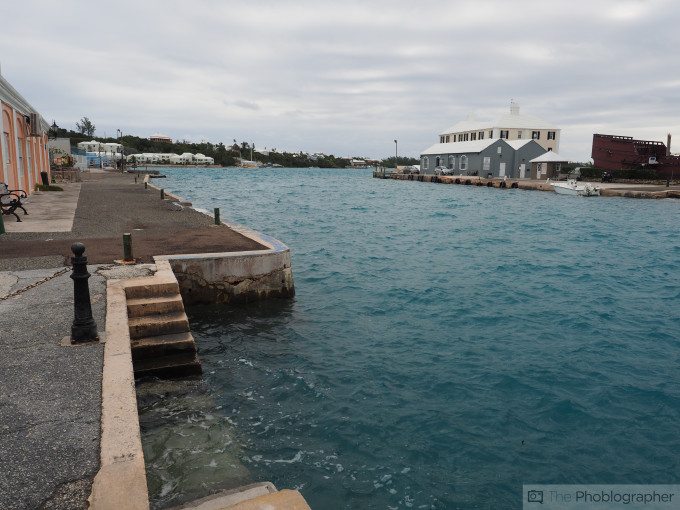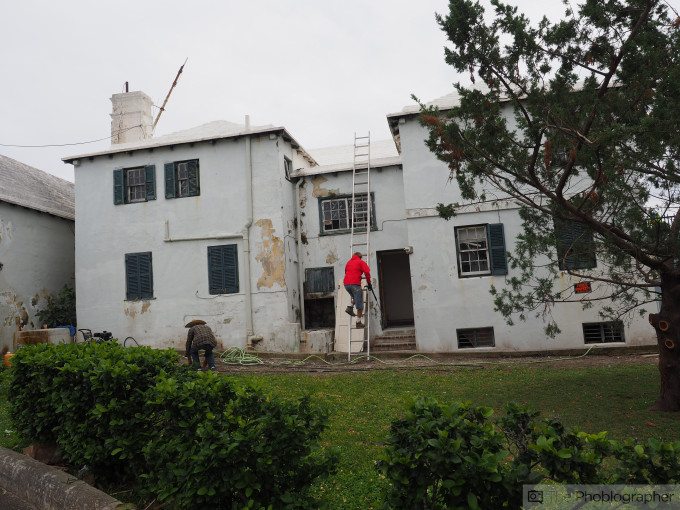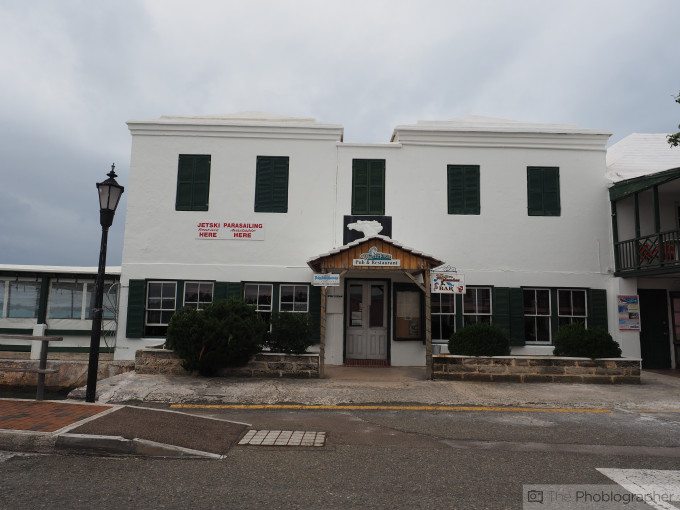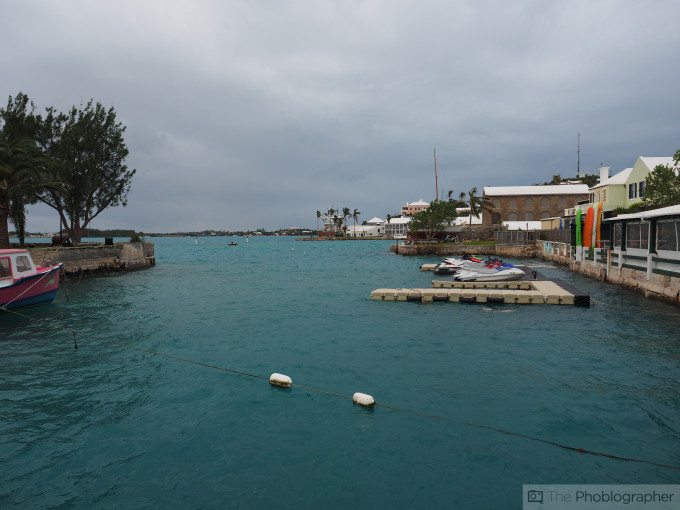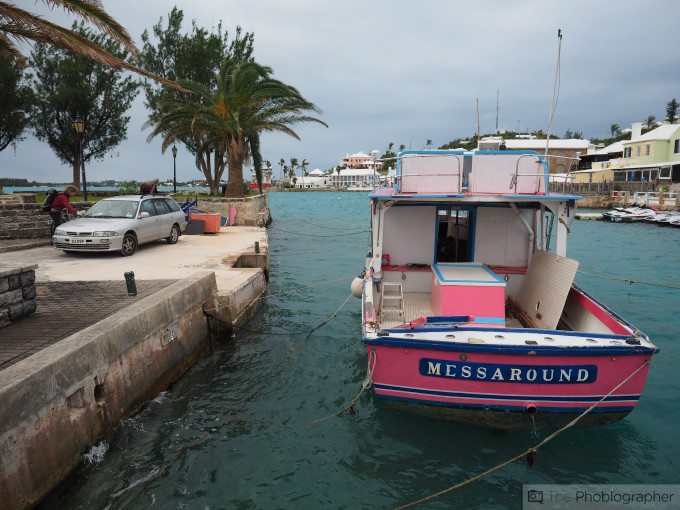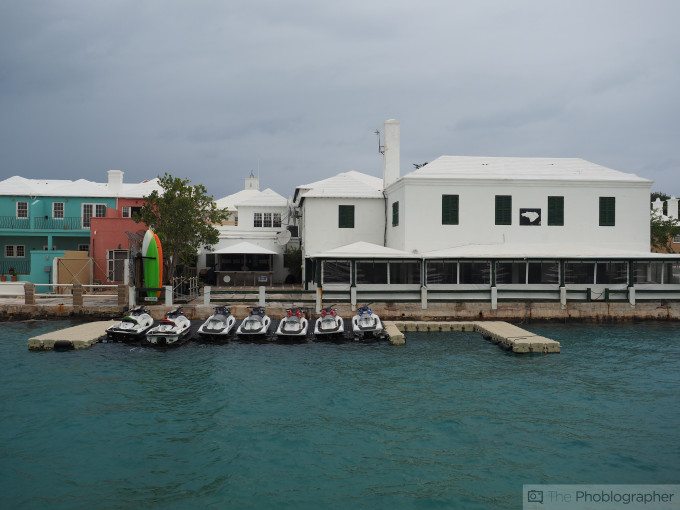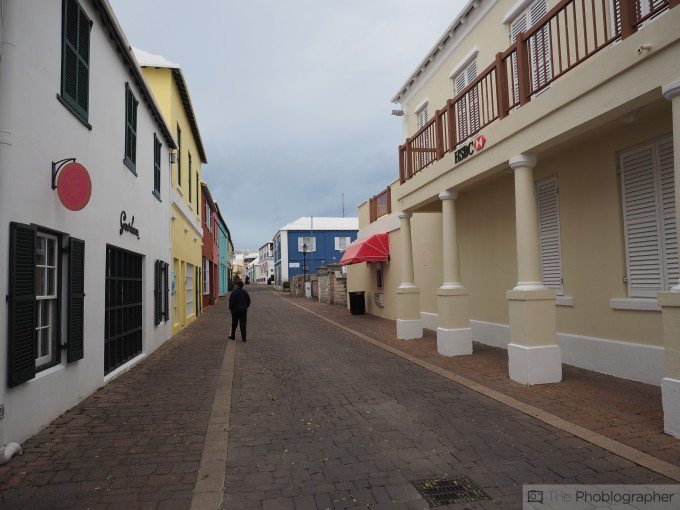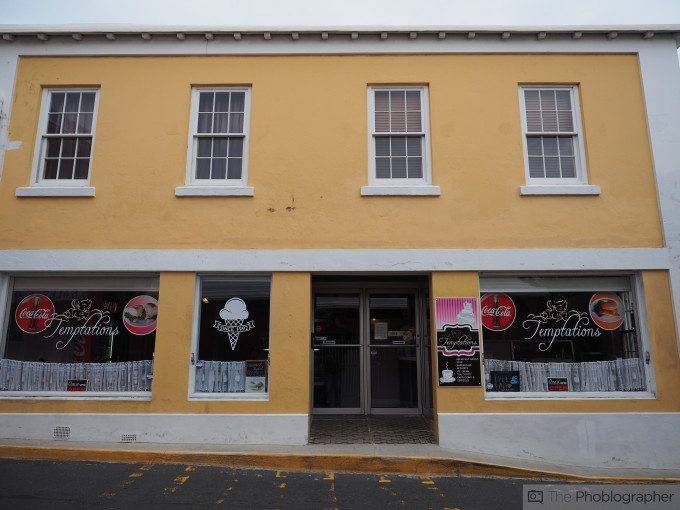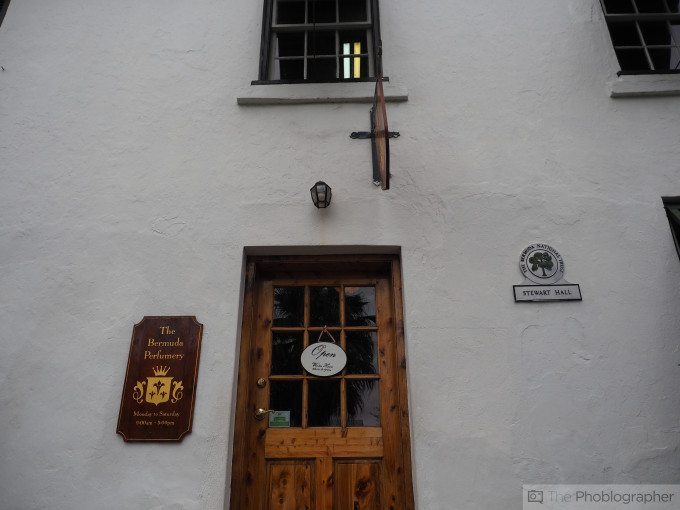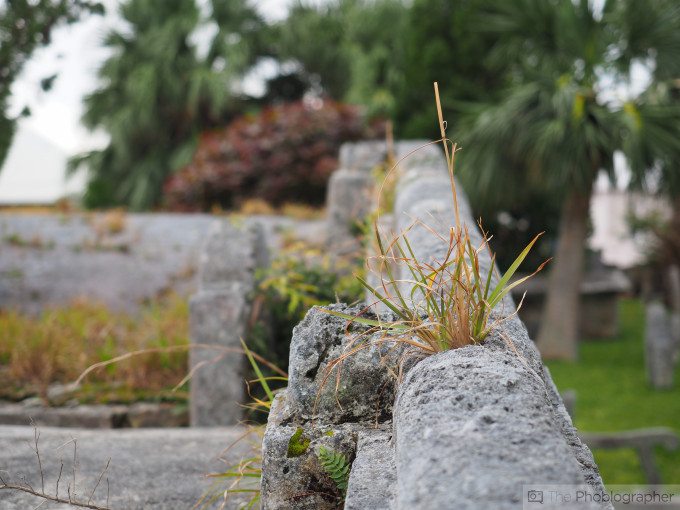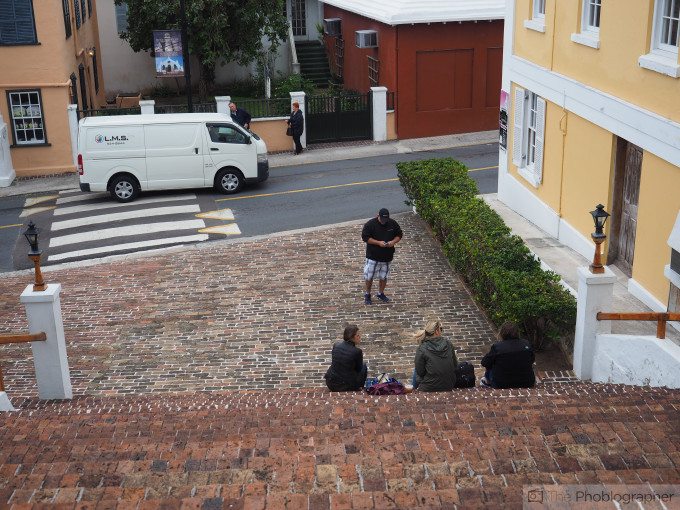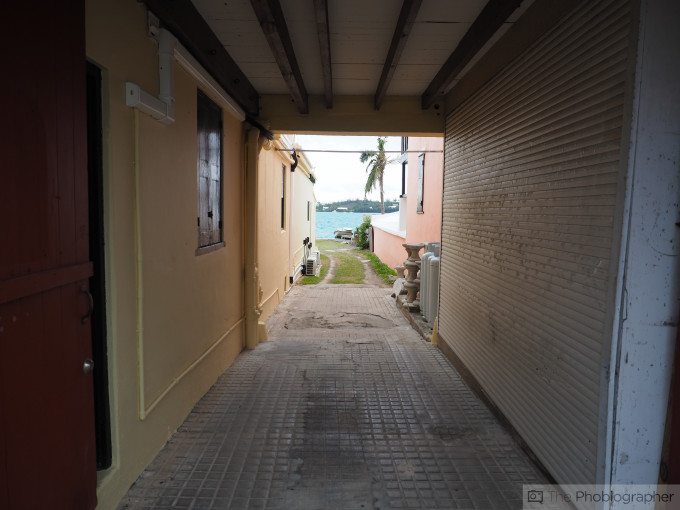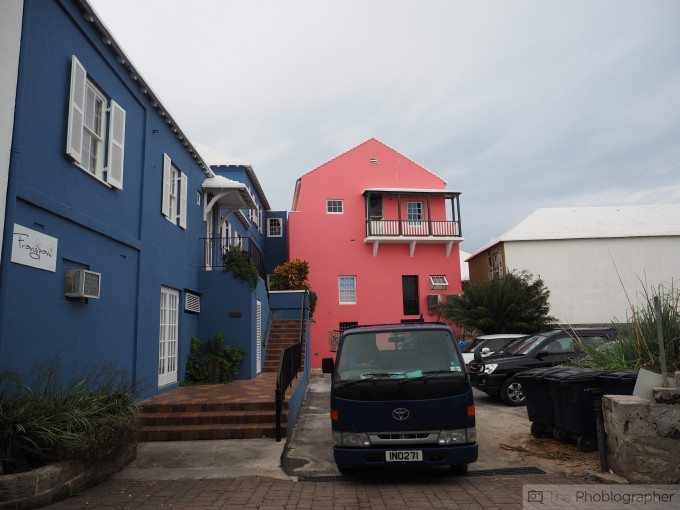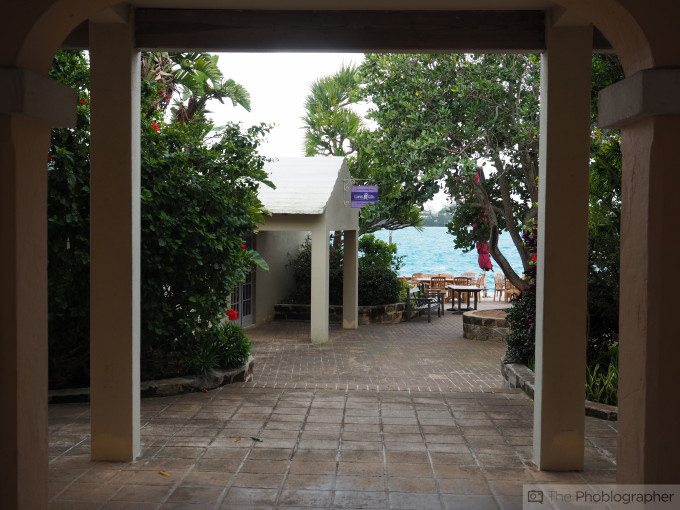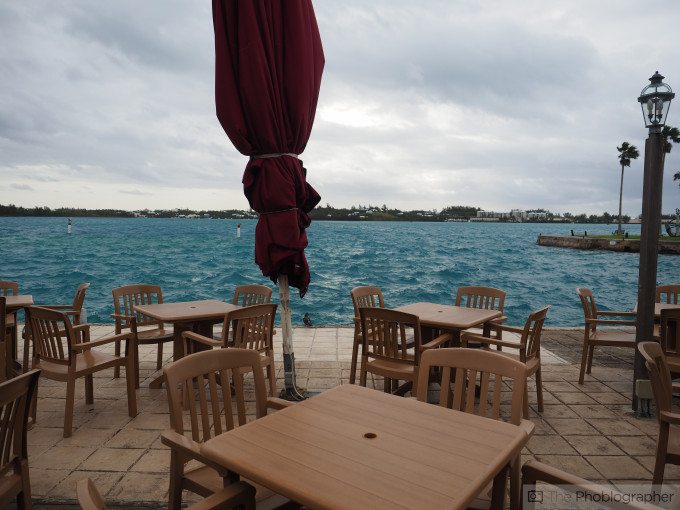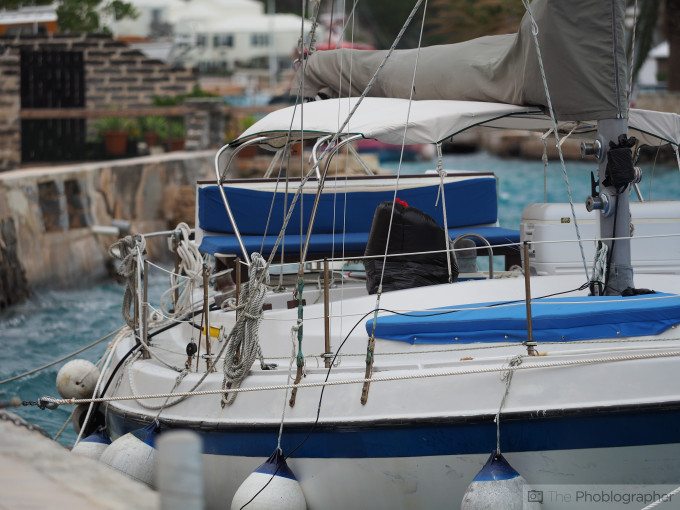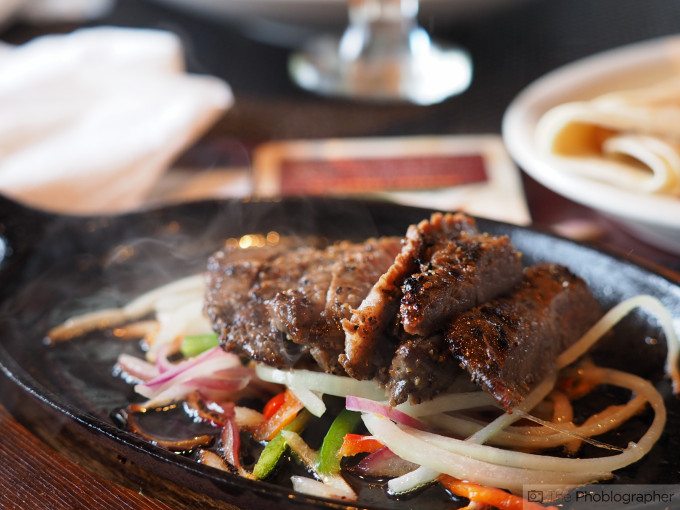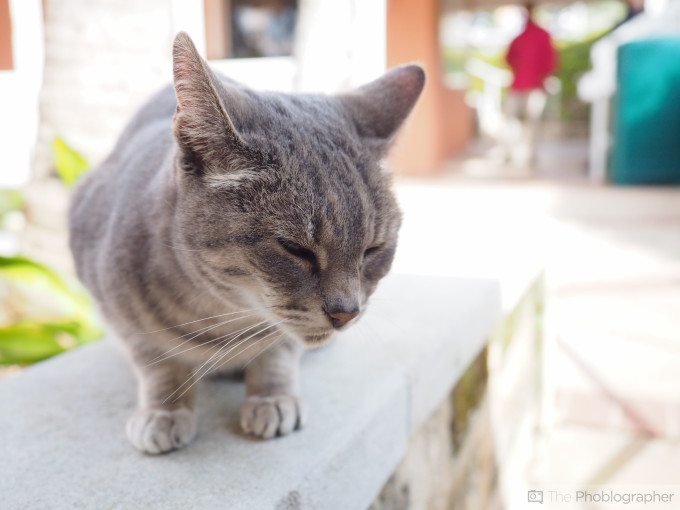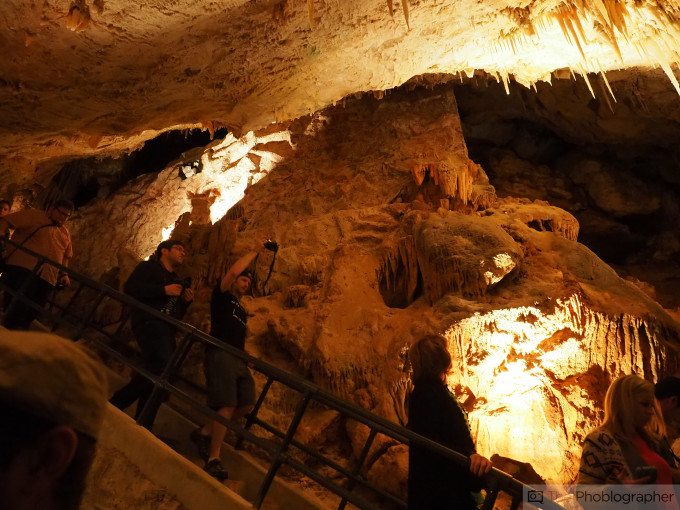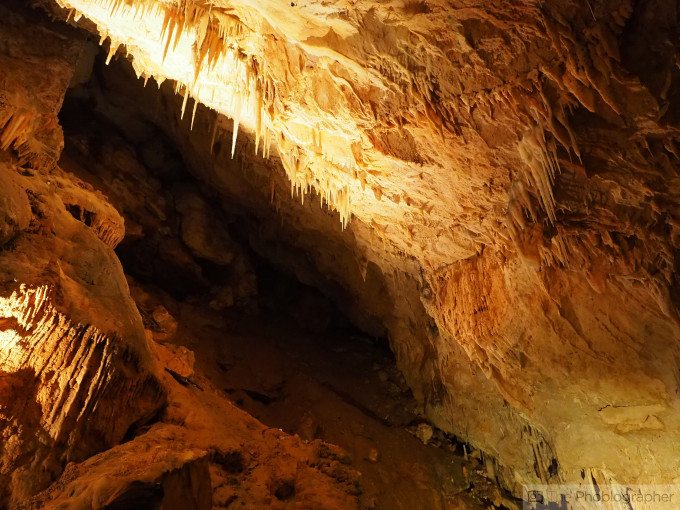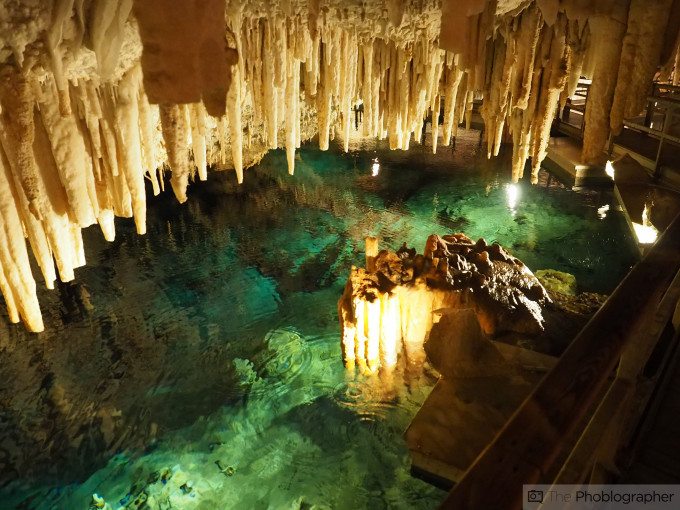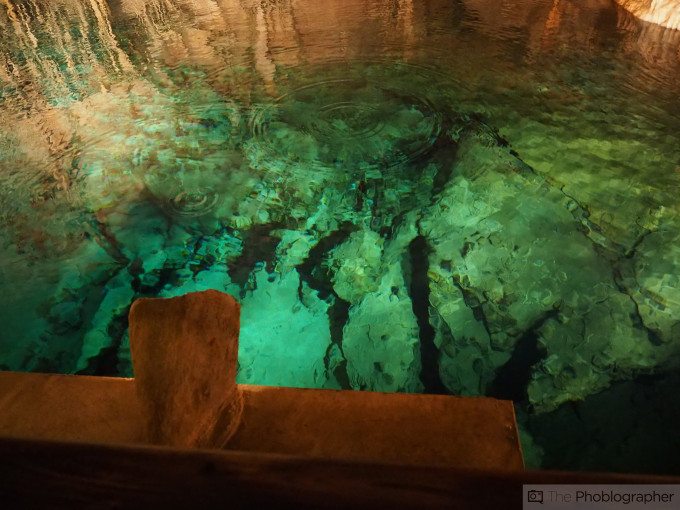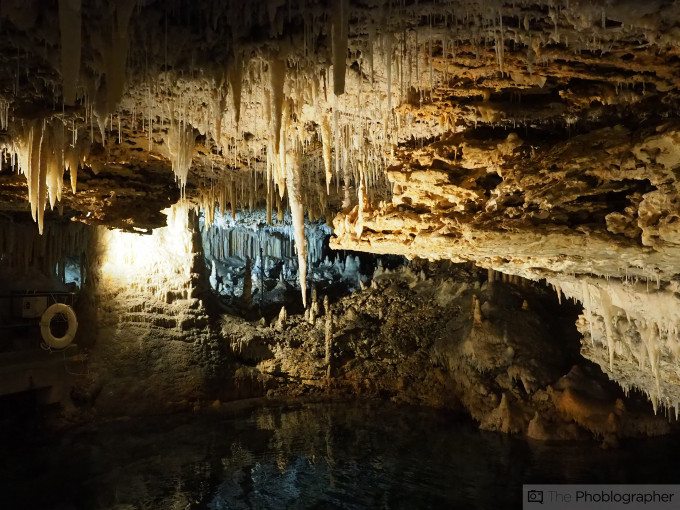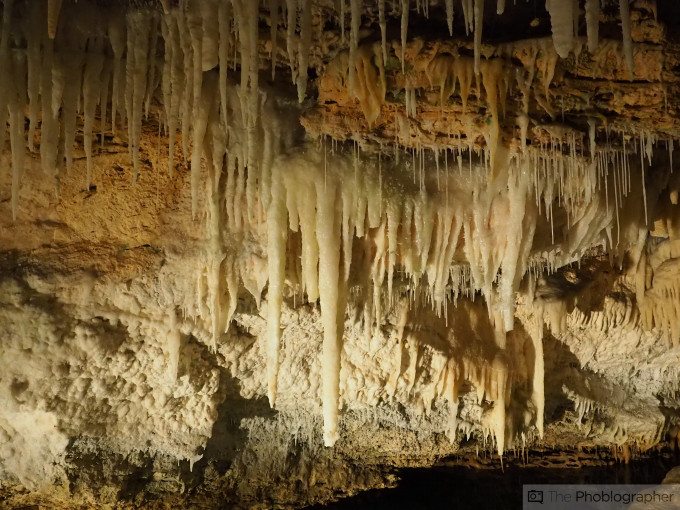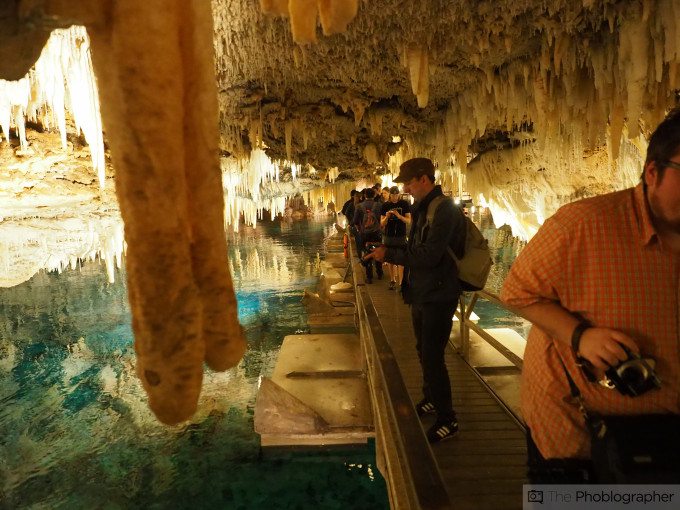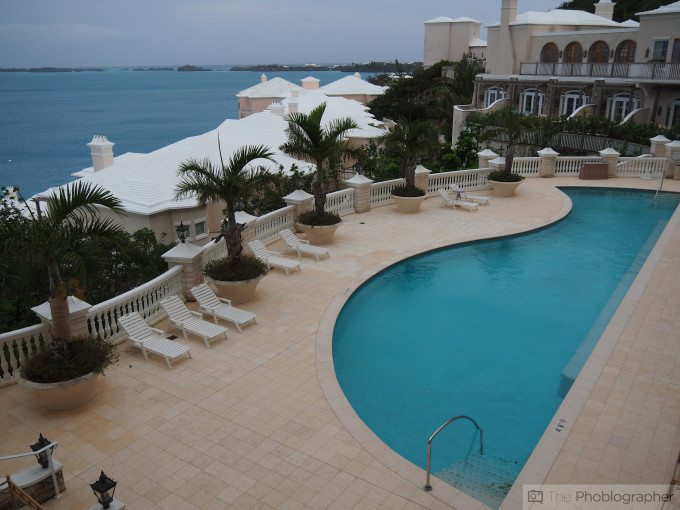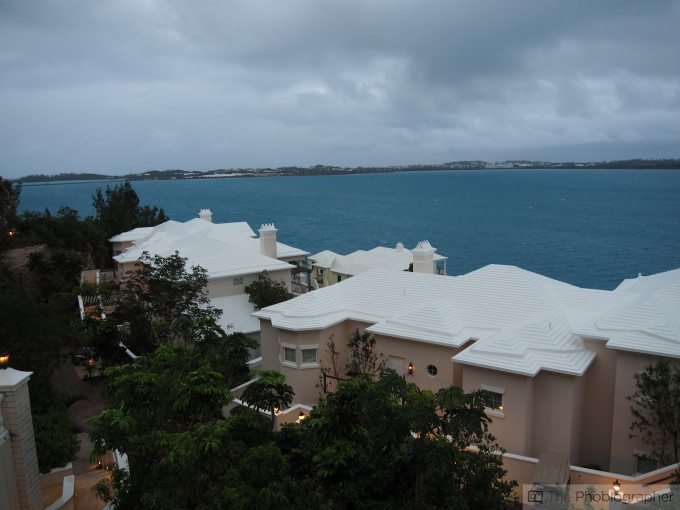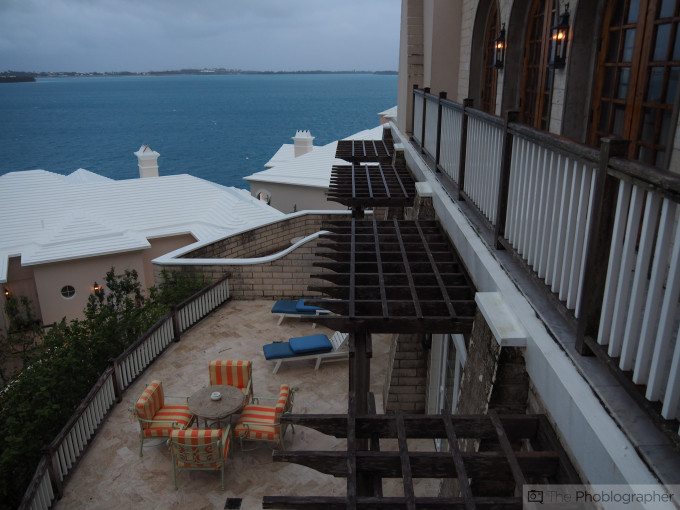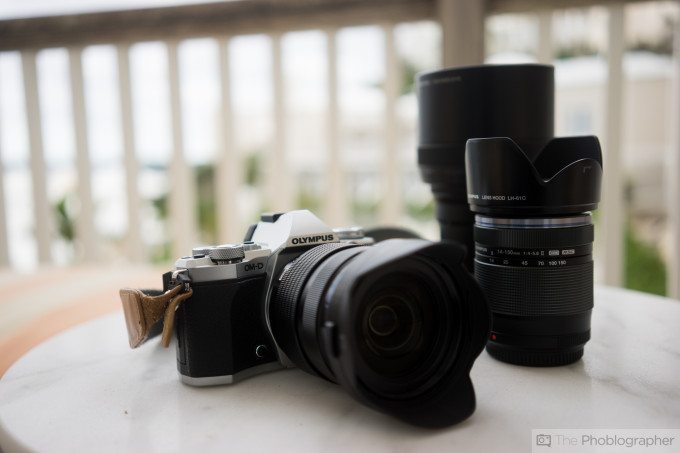Last Updated on 02/08/2015 by Chris Gampat
Yes, it’s real. Yes, we’ve known about it for a while.
And yes, the Olympus OMD EM5 MK II is a pretty awesome camera so far. As of my typing this article up, I’ve been playing with it for less than eight hours–but it’s enough for us to state that the camera is very impressive.
So what’s new with this camera? Updated autofocus which re-asserts Olympus’s dominance amongst ILC cameras, focus peaking, a 40MP image mode that requires the stillest of still scenes. WiFi integration, new ergonomics, better weather sealing with the addition of gaskets placed under the hot shoe, many more function buttons, a new twisting vari-angle LCD screen, five stops of image stabilization according to CIPA testing, and most of all new video features such as 60p recording and the ability to shoot in All-I and IPB. There is no 4K recording, but Olympus tells us that they instead focused on trying to give as great of an experience as they can with 1080p.
And so far, they’re doing a terrific job.
Tech Specs
Taken from the Olympus press materials distributed from us.
| Model name | E-M5 MarkⅡ | |
| Version/Date | 2014/12/16 ver1.02 | |
| Product Type | ||
| Product type | Micro Four Thirds interchangeable lens system camera | |
| Memory | SD Memory Card (SDHC, SDXC, UHS-I, II compatible, Eye-Fi Card compatible* ) *Not compatible with Endless Memory. |
|
| Sensor size | 17.3 mm (H) x 13.0 mm (V) | |
| Lens mount | Micro Four Thirds Mount | |
| Image Sensor | ||
| Product type | 4/3 Live MOS Sensor | |
| Number of pixels / aspect ratio | Number of effective pixels : Approx. 16.1 million pixels Total number of pixels : Approx. 17.2 million pixels Aspect ratio : 1.33 (4:3) |
|
| Dust reduction | Supersonic Wave Filter (image sensor dust reduction system) | |
| Recording(Still) | ||
| Recording format | DCF, DPOF compatible / Exif, PRINT Image Matching III, MPO compatible | |
| File format | RAW (12-bit lossless compression), JPEG, RAW+JPEG, MPO(3D still) | |
| Recording image size | [RAW] 4608 x 3456 pixels [JPEG] 4608 x 3456 pixels – 640 x 480 pixels |
|
| File size | RAW: 4608(H)x3456(V) (approx. 1/1.5 lossless compressed) Approx. 17MB Set1(LF): 4608(H)x3456(V) (1/4 compressed) Approx. 7.5MB Set2(LN): 4608(H)x3456(V) (1/8 compressed) Approx. 3.5MB Set3(MN): 3200(H)x2400(V) (1/8 compressed) Approx. 1.7MB Set4(SN): 1280(H)x960(V) (1/8 compressed) Approx. 0.4MB |
|
| Image Stabilization System | ||
| Type | Built-in 5-axis* sensor-shift image stabilization for movie and still photos *yaw/pitch/roll/vertical shift/horizontal shift |
|
| Mode | 4 modes (S-I.S.AUTO, S-I.S.1, S-I.S.2, S-I.S.3), OFF | |
| Live View image stabilization | Activation by half-pressing shutter button or enlarging view | |
| Focal length setting | With | |
| Stabilization performance | 5.0 EV* *Based on CIPA measurement conditions. When using M.Zuiko Digital ED 12-50mm F3.5-6.3 EZ (focal length =50mm (35mm equivalent with 100mm)) |
|
| Lens IS priority | With | |
| Finder | ||
| Finder type | Eye-level electronic viewfinder, approx. 2.36M-dot | |
| Field of view / Viewfinder magnification | Approx. 100% / Approx. 1.30x*1 – 1.48x*2 (-1m-1, 50mm lens, Infinity) *1: at Finder Style 1, 2 (aspect 4:3) *2: at Finder Style 3 (aspect 4:3) |
|
| Eye point / Diopter adjustment range | Approx. 21mm (-1m-1, Distance from rear lens surface) / -4 ~ +2m-1 | |
| Preview | Live View preview with depth of field preview lock | |
| Display Grid | Off / normal grid / golden grid / scale / diagonal / movie grid | |
| Level Gauge | 2-axis (horizontal/vertical) level gauge | |
| Finder Style | 3 styles | |
| Brightness / Colour temperature control | Automatic control of adaptive brightness technology / manual control (7 levels) | |
| Expansion of Live View Dynamic Range | When in HDR1 and HDR2 | |
| Eyecup | Interchangeable with separately available EP-16 eyecup | |
| Live View | ||
| Live View | Approx. 100% field of view, exposure compensation preview, WB adjustment preview, gradation preview, face detection preview (up to 8 faces), grid line, magnification display (x3/x5/x7/x10/x14),Display modes: Standard, Histogram, Highlight & Shadow, Level Gauge, Off (Image Only) |
|
| Preview | Preview with depth of field preview lock | |
| Monitor | ||
| Monitor type | 3.0-inch vari-angle monitor* *Approx.1037k dots (3:2), electrostatic capacitance touch panel |
|
| Touch control | Shutter release, magnification, AF area selection, AF area size adjustment, frame forward/backward, magnified playback, Live Guide, Super Control Panel, Art Filter selection, scene mode selection, Wi-Fi connection, selfie shutter release | |
| Tilting capability | With (mirror display when monitor is in self portrait position) | |
| Brightness / Color temperature control | ±7 levels / ±7 levels | |
| Color tone select | Vivid / Natural | |
| Focusing | ||
| AF system | High-speed imager AF | |
| Focus mode | Single AF (S-AF) / Continuous AF (C-AF) / Manual Focus (MF) / S-AF + MF / AF tracking (C-AF + TR) | |
| Full-time AF | With | |
| Magnified frame AF | Selectable from over 800 AF points Selectable magnification: x3, x5, x7, x10(Default), x14 Super Spot AF* *Available only when a Micro Four Thirds lens is attached |
|
| Face detection AF / Eye detection AF | With Eye Detection AF mode : off / nearer-eye priority / right-eye priority / left-eye priority |
|
| Focusing point / Focusing point selection mode | 81-area multiple AF | |
| / All target, group target area (9-area), single target(normal), single target(small) | ||
| AF illuminator | With | |
| Manual focus assist | Focus ring rotation activates Live View image magnification and/or focus peaking when in S-AF+MF or MF mode | |
| Peaking function | Activate with Fn button or focus ring Change peaking settings using the Info button Color selection: white, black, red, yellow Intensity selection: high, normal, low Back light effect: on, off |
|
| Exposure Control(Still) | ||
| Metering system (TTL Image sensor metering) |
Digital ESP metering (324-area multi pattern metering), center-weighted average metering, spot metering, spot metering with highlight control, spot metering with shadow control | |
| Metering range | EV -2 – 20 (using 17mm f2.8, ISO 100) | |
| Exposure mode | i Auto, P: Program AE (Program shift can be performed), A: Aperture priority AE, S: Shutter priority AE, M: Manual, Bulb, Time, Scene select AE, Art Filter, Underwater wide / macro* , My Set *Selectable from menu as a function on Fn button *My set can be set to mode dial function |
|
| Scene select AE | Portrait, e-Portrait, Landscape, Landscape + Portrait, Sport, Hand-held Starlight*1, Night scene, Night + Portrait, Children, High Key, Low Key, DIS mode, Macro, Nature Macro, Candle, Sunset, Documents, Panorama, Fireworks, Beach & Snow, Fisheye Conv., Wide Conv., Macro Conv.,Panning, 3D*2, *1 8 images automatically shot and combined into a single image composite *2 For 3D lens(H-FT012 by Panasonic) only, still photo only |
|
| ISO sensitivity | AUTO ISO : LOW(approx. 100) ‐25600 (customizable, Defalut:LOW-1600) Manual ISO : LOW(approx.100), 200 – 25600, 1/3 or 1 EV steps selectable |
|
| Exposure compensation | Still photo ±5 EV, movie ±3 EV, with selectable EV adjustment steps (1/3, 1/2, 1) *HDR shooting, monitor and EVF displays only up to ±3 EV. |
|
| AE lock | Locks with a half-press of the shutter button (can be set to Fn button as well) | |
| Shutter | ||
| Shutter type | Focal-plane shutter / 1/8000 – 60 sec., with selectable EV adjustment steps (1/3, 1/2, 1) Bulb/Time: selectable exposure time (1/2/4/8/15/20/25/30 min.), with 8-min. default setting |
|
| Flash | ||
| Flash intensity control method | TTL Auto, Auto*, Manual, Super FP*(FP-TTL AUTO, FP-MANUAL) * Available on the external flash |
|
| Built-in flash | – | |
| Bundled standard flash | FL-LM3(dustproof and splashproof flash) GN=9.1(ISO100・m)/ GN=12.9(ISO200・m) Bounce Capability (up and down:45, 60, 75, 90 degree / left and right 30, 60, 90, 120, 150, 180 degree) *Powered by the camera |
|
| Flash mode | Flash Auto, Redeye, Fill-in, Flash Off, Red-eye Slow sync.(1st curtain), Slow sync.(1st curtain), Slow sync.(2nd curtain), Manual(1/1(FULL)~1/64) | |
| Synchronization speed | 1/250 sec. Super FP: 1/125-1/8000 sec. / RC mode: 1/160 sec. |
|
| Flash intensity control | Up to ±3 EV in 0.3, 0.5, 1 EV steps selectable | |
| Compatible external flash | FL-50R, FL-36R, FL-20, FL-14, FL-300R, FL-600R | |
| Wireless Flash Control | ||
| Compatible external flash | FL-50R, FL-36R, FL-300R, FL600R | |
| Control method | Triggered and controlled by the bundled FL-LM3 or FL-600R (Olympus Wireless RC Flash system compatible) |
|
| External Flash intensity type | TTL Auto, Auto, Manual, FP-TTL-AUTO, FP-MANUAL | |
| Channel | 4 channels | |
| Group No. | 4 groups (External flash 3 groups + commander flash*) *FL-LM3 / FL-600R |
|
| Drive | ||
| Sequential shooting maximum speed | [Sequential shooting H mode] approx 10.0 fps *IS OFF *Focus and exposure are fixed at the values for the first shot. [Sequential shooting L mode] approx 5.0 fps *When using the M.ZUIKO DIGITAL ED 12-50mm f3.5-6.3 EZ |
|
| Max. recordable pictures on sequential shooting * |
[RAW] Max. ∞ frames (in 5.0 seq. shooting L) Max. 16 frames (in 10.0 seq. shooting H) [JPEG] Max. ∞ frames (in 5.0 seq. shooting L) Max. 19 frames (in 10.0 seq. shooting H) * When using the M.Zuiko Digital ED 12-40mm f2.8 Pro * With TOSHIBA SDHC UHS-II R95・W90 EXCERIA™ |
|
| Self-timer | Operation time: 12 sec., 2 sec., custom (Wait time: 1-30sec., Shot interval: 0.5/1/2/3sec., Number of shots: 1-10, Every time AF: ON/OFF) | |
| Bracketing | ||
| Exposure bracketing | 2, 3 or 5 frames in 0.3/0.7/1.0EV steps selectable, 7 frames in 0.3/0.7EV steps selectable *AE-BKT can be programmed to the Fn-button. |
|
| ISO bracketing | 3 frames in 0.3/0.7/1.0EV steps selectable | |
| White balance bracketing | 3 frames in 2, 4, 6 steps selectable in each A-B/G-M axis. | |
| Flash bracketing | 3 frames in 0.3/0.7/1.0EV step selectable | |
| Art Filter bracketing | i-Enhance, Vivid, Natural, Muted, Portrait, Monotone, Custom, Art Filters selectable | |
| HDR function | ||
| HDR(Auto composite) | HDR1, HDR2 (painting-like) ※ISO sensitivity is fixed at 200, and maximum shutter speed setting is 4 sec. ※Exposure compensation can be performed. |
|
| Bracketing for HDR post process | 3 or 5 frames in 2.0/3.0EV steps selectable, 7 frames in 2.0EV steps selectable. *This function does not execute HDR processing. *HDR function can be assigned to the Fn-button. |
|
| Art Filter | ||
| Mode (Variation / Effect) | Pop Art (I, II / a.b.c.d.e.f.) | |
| Soft Focus ( – / c.e.) | ||
| Pale & Light Color (I, II / a.b.c.d.f.) | ||
| Light Tone ( – / d.f.) | ||
| Grainy Film (I, II / b.c.d.g.h) | ||
| Pin Hole (I, II, III / d.) | ||
| Diorama ( I,II / d.) | ||
| Cross Process (I, II / b.c.d.f.) | ||
| Gentle Sepia ( – / a.b.c.d.f.) | ||
| Dramatic Tone (I / b.c.d.e.f.) (II / b.c.d.e.f.g.h) | ||
| Key Line (I, II / a.b.c.d.e.) | ||
| Watercolor (I, II / a.b.c.d.) | ||
| Vintage (I, II, III / a.b.c.d.e.f.i) | ||
| Partial Color (I, II, III / a.b.c.d.e.f) | ||
| Art Effect | a. Soft Focus Effect | |
| b. Pin-Hole Effect | ||
| c. White Edge Effect | ||
| d. Frame Effect | ||
| e. Star Light Effect | ||
| f. Blur Effect (Top & bottom, Left & Right) | ||
| g. B&W Effect (None, Yellow, Orange, Red, Green) | ||
| h. Pict. Tone (None, Sepia, Blue, Purple, Green) | ||
| i. Shade Effect (Top & bottom, Left & Right) | ||
| Color Ring (for partial color) | 18 color selectable | |
| PHOTO STORY | ||
| Type (Variation / Flame / Number of | Standard (Ⅰ,Ⅱ,Ⅲ,Ⅳ / a,b,c,d / A,B,C,D ) | |
| divided parts) | Fun Frame (Ⅰ,Ⅱ,Ⅲ /-/-) | |
| Speed ( - / – / A,E,F) | ||
| Zoom in / out (Ⅰ,Ⅱ/ a, c / A, G) | ||
| Layout (Ⅰ,Ⅱ,Ⅲ,Ⅳ/ -/ -) | ||
| Frame Effect | a. White Frame | |
| b. White Frame & White Edge Effect | ||
| c. Black Frame | ||
| d. White Frame & Pin Hole Effect | ||
| Aspect &Window Pattern | A. 4:3, 2 frames | |
| B. 4:3, 3 frames | ||
| C. 1:1. 2 frames | ||
| D. 1:1, 3 frames | ||
| E. 1:1, 4 frames | ||
| F. 16:9. 5 frames | ||
| G. 16:9, 2 frames | ||
| Hold function | With | |
| Movie | ||
| Recording format | MOV(MPEG-4AVC/H.264) , AVI(Motion JPEG) | |
| Mode / frame rate / compression method | 〔MOV〕 | |
| 1920×1080(FHD) / 30p, 25p, 24p / ALL-I (A-I), IPB(SF,F,N) | ||
| 1920×1080(FHD) / 60p, 50p / IPB(SF, F, N) | ||
| 1280×720(HD) / 60p, 50p, 30p, 25p, 24p / ALL-I (A-I), IPB(SF,F,N) | ||
| *60p:59.94fps、50p:50.00fps、30p:29.97fps、25p:25.00fps、24p:23.98fps | ||
| *FHD ALL-I (A-I: approx. 77Mbps) | ||
| *FHD IPB(SF:approx. 52Mbps、F:approx. 30Mbps、N:approx. 18Mbps) | ||
| 〔AVI〕 | ||
| 1280×720(HD) / 30p | ||
| 640×480(SD) / 30p | ||
| *Frame rates may drop when particular Art Filters and Movie Effect are used *Class 10 or higher SD card is recommended for shooting movies *UHS-II or UHS-I U3 card is recommended for ALL-I shooting. |
||
| Maximum recording time | [MOV] | |
| Approx. 29min | ||
| [AVI] | ||
| HD : Approx. 7min* / SD : Approx. 14min* | ||
| *Excluding when particular Art Filters are used | ||
| Battery Life | Approx. 80 minutes* (under standard JEITA testing) Approx. 150 minutes* (when zoom and other operational functions are not used) *When repeatedly recording at the maximum time of 29 minutes |
|
| Art Filter Movie | With* *Frame rate: 30fps or lower. |
|
| Movie Effect | One-shot Echo / Multi-echo / Art Fade / Old Film | |
| One-push Movie Digital Converter | ×4 | |
| Time Lapse Movie | AVI Motion JPEG 1280×720 ,10fps | |
| Photo in Movie | With (mode1* / mode2) *mode1 is available when recording framerate is less than 30p. | |
| Clips | 1, 2, 4, 8 sec (Further continued shooting possible by pressing movie record button again) |
|
| Quick Movie / Slow Movie | With | |
| Image Stabilization for Movie | M-IS1(Image sensor shift and electronic image stabilizer with multi motion IS), M-IS2(Image sensor shift with multi motion IS), Off *Field of view may be affected. |
|
| Grid Line / Focus Peaking | 4 types of grid lines / 4 colors for focus peaking | |
| Time code | Rec run/free run, drop frame/non-drop frame | |
| Live View Output via HDMI | With (GUI* is shown on connected device only, and peaking function is not available when connected by HDMI.) *GUI can be hidden on the connected device by pressing down on INFO button for recording an external drive under the following condition. Movie quality: YCbCr 4:2:2 / Frame rate: same as movie setting (24p, 30p and 60p settings are not recommended.) / Sound recording: not available |
|
| Exposure Control | Program AE, aperture priority AE, shutter priority AE, manual | |
| AE Lock | With | |
| Recording(Sound) | ||
| Recording format | Wave Format (Stereo linear PCM/16-bit, Sampling frequency 48kHz) | |
| Microphone / Speaker | Stereo/Mono | |
| Microphone function | Wind noise reduction, Recording volume, Microphone volume limiter Audio dubbing possible for still pictures (up to 30 sec.) |
|
| White Balance | ||
| White balance mode | Auto WB, 7 Preset WBs, 4 Capture WBs, Custom WB(Kelvin setting) | |
| White balance compensation | ±7 steps in each A-B/G-M axis * Except for Custom WB | |
| Color Mode | ||
| Color matrix | sRGB, Adobe RGB | |
| Picture Mode | ||
| Mode | i-Enhance, Vivid, Natural, Muted, Portrait, Monotone, Custom, e Portrait, Color creator, Art Filters | |
| Gradation | Auto, Normal, High Key, Low Key [except Art Filters] | |
| Keystone Compensation | ||
| Keystone Compensation | Yes (can be confirmed on Live View) | |
| High Res Shot | ||
| Resolution | Equivalent to 40M pixel sensor (8 shots combined into a single JPEG using sensor shift) *Available in P/A/S/M mode, RAW+JPEG or JPEG. *JPEG: 7296 x 5472 / RAW: 9216 x 6912 *RAW data can be developed in-camera. Development by PC is possible with the appropriate plug-in. |
|
| Shutter Type / Shutter Speed | Electronic shutter / 1/8000 – 8 sec. | |
| Anti-shock Mode | ||
| Shutter Type / Shutter Speed | Electronic first curtain shutter / 1/320* – 60sec *For speeds over 1/320 sec., mechanical shutter will automatically be selected. |
|
| Shutter start delay | 0, 1/8, 1/4, 1/2, 1, 2, 4, 8, 15. 30sec | |
| Silent Mode | ||
| Shutter Type / Shutter Speed | Electronic shutter / 1/16000 – 60sec | |
| Shutter start delay | 0, 1/8, 1/4, 1/2, 1, 2, 4, 8, 15. 30sec | |
| Live Bulb /. Live Time | ||
| Update interval time | 0.5 sec – 60 sec | |
| Live Composite | ||
| Update interval time / composite method | 0.5 sec – 60 sec / Lighten Mode (Bright area prioritization) | |
| Interval Mode | ||
| Interval Mode | Interval Time 1sec. – 24 Hours, Max 999 frames. Available on making Time-lapse movie automatically |
|
| Multi Exposure | ||
| Number of picture / Function | 2 frames / Auto gain, Exposing on Recorded picture(RAW) | |
| Multi Aspect | ||
| Aspect Ratio | 4:3(Default) / 3:2 / 16:9 / 1:1 / 3:4 | |
| Level Gauge | ||
| Detection | 2-axis | |
| One push Tele-converter | ||
| Magnification | x2 | |
| Wi-Fi Function | ||
| GPS info. Function | Via smartphone GPS data | |
| Wireless Shooting | Live View, Rec View, Wireless Touch AF shutter, Self Timer (w/Countdown guidance, Sequential shooting, movie recording capability), Wireless Release, Movie Recording, Power Off iAuto / ART / P / A / S / M (Live Bulb, Live Time) and drive mode can be selected.* Aperture, shutter speed, exposure, ISO sensitivity, white balance can be adjusted.* *When in private connection |
|
| Image Share | File Type: JPEG*, MOV Connect to up to 4 devices simultaneously. Marking function for image share. *Excluding MPO file |
|
| Easy Connection | QR code setting | |
| Tethered shooting | ||
| Tethered shooting | Via USB connection, with use of Olympus Capture tethering software (camera can be controlled by both the camera and computer) | |
| Playback | ||
| Playback mode | Single-frame, Information display, Index display (4/9/25/100 frames), Calendar, Enlargement (2x – 14x), Movie (with sound, FF/REW/Pause), Picture rotation (auto), Slideshow (with sound including BGM, Slide show effects, replaceable BGM), Light Box display | |
| Information display | Histogram (independent luminance / RGB available), Highlight/Shadow point warning, AF frame, Photographic information, OFF | |
| Menu | ||
| Languages | 34 languages selectable : – English, French, German, Spanish, Italian, Japanese, Korean, Traditional Chinese, Simplified Chinese, Russian, Czech, Dutch, Danish, Polish, Portuguese, Swedish, Norwegian, Finnish, Croatian, Slovenian, Hungarian, Greek, Slovakian, Turkish, Latvian, Estonian, Lithuanian, Ukrainian, Serbian, Bulgarian, Rumanian, Indonesian, Malay, Thai |
|
| Reset & custom setting | ||
| My set | 4 settings recordable / Available to set to mode dial | |
| Image Editing | ||
| Editing function | RAW data edit, Gradation auto, Monochrome, Sepia, Red-eye fix, Saturation, Resize (1280×960, 640×480, 320×240), Trimming, Aspect, e-Portrait, Image Overlay, Post recording | |
| RAW data edit | RAW data edit based on settings of the camera (including e-Portrait, Color Creator, Art Filter, ART-BKT). 2 programmable settings, preview capability. |
|
| Print function | Print reservation (DPOF), Direct print (PictBridge compatible) | |
| Input/Output | ||
| USB/AV/Remote controller connector | Dedicated multi-connector [USB: USB2.0 Hi-Speed, Video: NTSC/PAL selectable, Optional Remote cable RM-UC1 compatible.] | |
| HDMI connector | Micro HDMI (Type-D) | |
| Flash attachment | Hot shoe / Sync. terminal | |
| Accessory Port 2 | – | |
| Microphone input jack | φ3.5 stereo mini jack | |
| Headphone connector | None / Attachment of HLD-8G optional grip allows connection | |
| PC interface | USB2.0 Hi-Speed | |
| TV interface | HDMI out(HD / stereo), video out(SD / mono) | |
| DC connector | None / attachment of HLD-8 power battery holder allows connection | |
| Power Requirements | ||
| Battery | BLN-1 Li-ion battery (included) | |
| Power Battery Holder | HLD-8 Power Battery Holder separately available. Allows attachment of an additional BLN-1. |
|
| AC Adapter | AC-3 AC adapter* separately available. *HLD-8 Power Battery Holder is required for connection. |
|
| Sleep mode | Available (1/3/5 min. off) | |
| Number of recordable pictures | Approx. 310 shots (using BLN-1 and TOSHIBA SD with IS ON, based on CIPA test standards) Approx. 750 shots (using BLN-1 and TOSHIBA SD with IS ON and Quick Sleep Mode ON, based on Olympus testing using CIPA test standards) |
|
| Dimensions / Weight | ||
| Dimensions | 123.7mm(W)×85mm(H)×44.5mm(D) [CIPA guideline compliant, excluding protrusions] |
|
| Weight | Approx. 469g [CIPA guideline compliant, with BLS-50 battery and Memory card] Approx. 417g [body only] |
|
| Operating Environment | ||
| Temperature | -10 ~ +40℃ (when in operation) / -20 ~ +60℃ (when stored) | |
| Humidity | 30 – 90% (when in operation) / 10 – 90% (when stored) | |
| Box contents | ||
| Box contents | Body, FL-LM3 flash, BLN-1 Li-ion battery , BCN-1 Li-ion battery charger , USB cable, shoulder strap, Olympus Viewer 3 (CD-ROM), instruction manual, warranty card |
Ergonomics
The Olympus OMD EM5 MK II in many ways is different from the OMD EM5 original when it comes to the ergonomics. We start our tour with the front of the camera where we immediately see a different set of exposure dials, a PC sync port, and a slightly enhanced grip.
From this view, they didn’t touch it much–and we’re okay with that.
Move to the top, and you start to see lots of differences. There are now a plethora of function buttons, the dials have been enhanced, and there is a lot more going on.
The back of the OMD EM5 Mk II is enhanced with different buttons, the switch from the EM1 and a vari-angle flip out screen.
This screen works in a totally different way from the original EM5. To be honest, I prefer the original. However, this screen makes it easier for video shooters.
Olympus is also introducing a new grip for the camera if users want to work with said grip. We personally find it superfluous.
VS the EM5
Looking top down, the EM5 Mk II (left) has received lots of enhancements over the first version. Where the first version emphasized simplicity Olympus now adds steroids, beef, and bacon. Lots of bacon.
But when looking at the cameras from the front, you don’t see all that much of a difference.
Build Quality
In our initial meeting with Olympus about the product, we saw a mockup of the weather sealing. What impressed us the most is that in some ways it seems to be better sealed than the EM1 due to the gasket under the hot shoe. However, Olympus still recommends using a hot shoe cap with the camera when shooting in inclement conditions.
Otherwise, what we’re really hyped about that Olympus has maintained is probably the little things: a nice thumb rest that feels like an old shutter advance wheel, nice clicky dials, a small grip that truly reminds of the retro SLR experience, and the inclusion of a PC Sync port. The last one is completely random and almost no one uses PC cables anymore when firing flashes.
Autofocus
One of the best autofocus tests that we’ve done so far has to do with photographing dolphins here in Bermuda–where we’re stationed with many other journalists testing the camera in a variety of situations.
Capturing dolphins with the 12-40mm f2.8 and 40-150mm f2.8 was a breeze once we stopped the lenses down a bit–but even so it wasn’t too terrible when they were both wide open. Due to the four thirds sensor, f2.8 renders the equivalent of f5.6 on a full frame camera.
When locking the autofocus, it’s pretty spot on and it can be tough to miss a shot, though there were indeed times where it wouldn’t focus correctly. All in all though, these moments were quite rare.
Image Quality
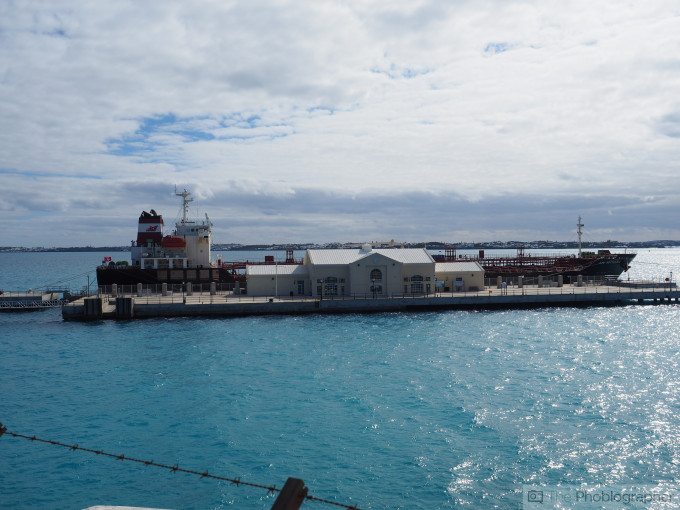
Before we get onto the images, we all know that what you want to see is the 40MP image. And it’s right above with no editing; we just added our watermark.
As for the image quality, we’ve only worked with the JPEGs so far because that’s all that’s supported. But the JPEGs are so vivid, rich, and beautiful that this may truly be the first camera that I wouldn’t mind not shooting RAW with.
This is coming from a guy trained at Magnum, a former photojournalist, wedding photographer, and fashion/portrait shooter. Yes, they’re really that good. Of course, I’d never do that for a real gig unless it were paying a very low rate, but the image quality is super solid and reminds me of Kodak Ektachrome–the film that I many times dream of and mourn its loss.
Even More Image Samples
First Impressions
So far, we’re really pleased with the OMD EM5 MK II. But as we said, we’ve only worked with it for around eight hours. The autofocus is the most solid I’ve seen from any camera, the JPEG engine is jaw dropping, the feel is nostalgic, and this is probably all the camera you’ll need in today’s digitally connected world.
Stay tuned for more to come. But let us know what questions you have in the comments and we will try to get back to them.


